In May 2023, the European Historic Thermal Towns Association (EHTTA), a cultural route affiliated with the Council of Europe, hosted a FAM (familiarization) trip for travel professionals to experience areas that were not currently offered in the form of vacation packages by our companies. This trip was hosted in direct collaboration with the European Travel Commission (ETC), Croatian National Tourism Board (CNTB) and the Italian National Tourist Board (ENIT); the ETC helped the participants with booking every segment necessary for our airline tickets, and each of the tourism boards helped to organize the itineraries and sights we saw on this trip. Eight different companies and organizations from across North America participated, including Tripmasters. This is the second of six Inspiration blogs where you can see my journey as it happened and read about my first-hand experiences traveling in these beautiful countries. As you’ll read below, I’m just about to leave Zagreb, so be sure to read about my experiences in Croatia’s beautiful capital here before continuing on with the series.
On the second day of our FAM trip, we were already set to leave Zagreb, as I bemoaned leaving so soon. While we were there less than 24 hours, the beautiful city left an indelible impression on my heart, not unlike the ubiquitous Licitar hearts that are a symbol of the city and its hospitality. Undoubtedly keeping this in mind, the local tourism board made sure to give each of us a Licitar heart with “ZAGREB” written in white on the bright red-painted wood. Mine is sitting on my dresser at home, a proud reminder of my time there.
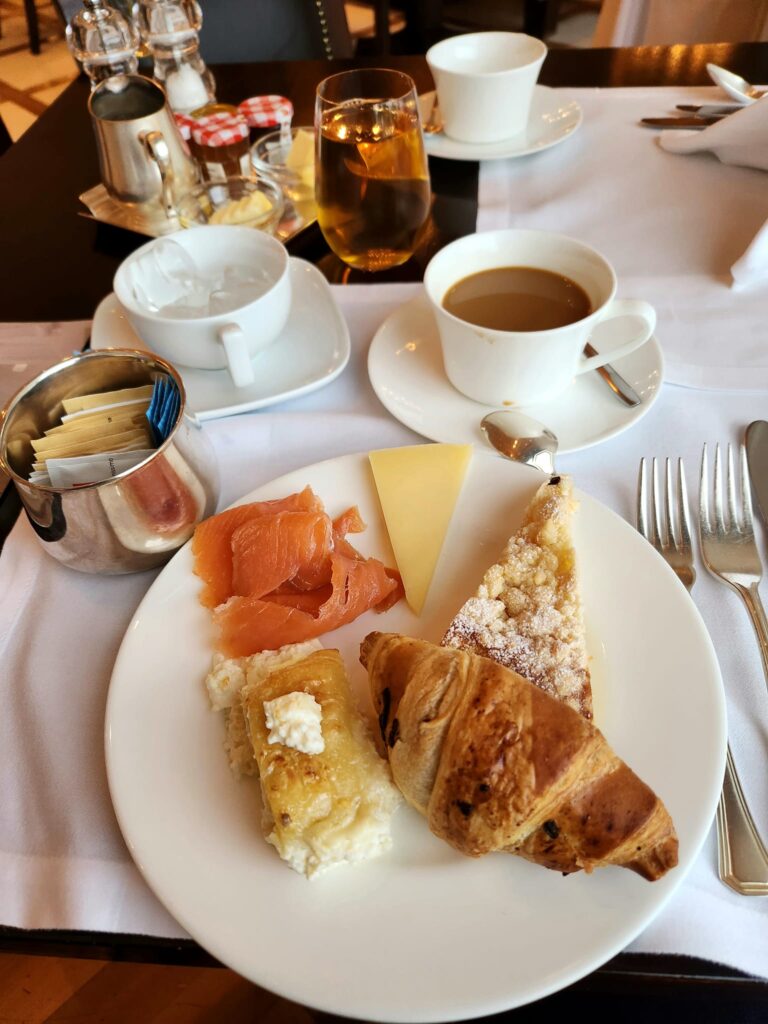
After enjoying a high-class, nourishing breakfast buffet inside Zinfandel’s beautiful dining room, we checked out of the lovely Esplanade and embarked on a journey to the charming town of Lipik. Nestled roughly halfway between Zagreb and Osijek and a mere 40-minute drive north of the Bosnian-Herzegovinian border, Lipik is a hidden gem waiting to be discovered. Before immersing ourselves in the overall feel of the town, our first stop was the Lipik State Stud Farm, a safe haven for the exquisite Lipizzaner horses, recognized as part of UNESCO’s Intangible Cultural Heritage.
The Lipik State Stud Farm plays an instrumental role in preserving the Lipizzaner breed. It is here that dedicated horse breeders lovingly tend to these magnificent creatures, ensuring their health, well-being, and the retention of the breed’s unique characteristics. Dating back to the 16th century, the Lipizzaner breed’s lineage originated from the Imperial Court Stud Farm in Lipica, present-day Slovenia. Yet, the turmoil of the Napoleonic Wars led to several relocations before the breed found its forever home at the Spanish Riding School in Vienna, Austria, in 1797. Under their guardianship, the Lipizzaners flourished, mastering classical dressage and captivating audiences worldwide with their elegance and agility.
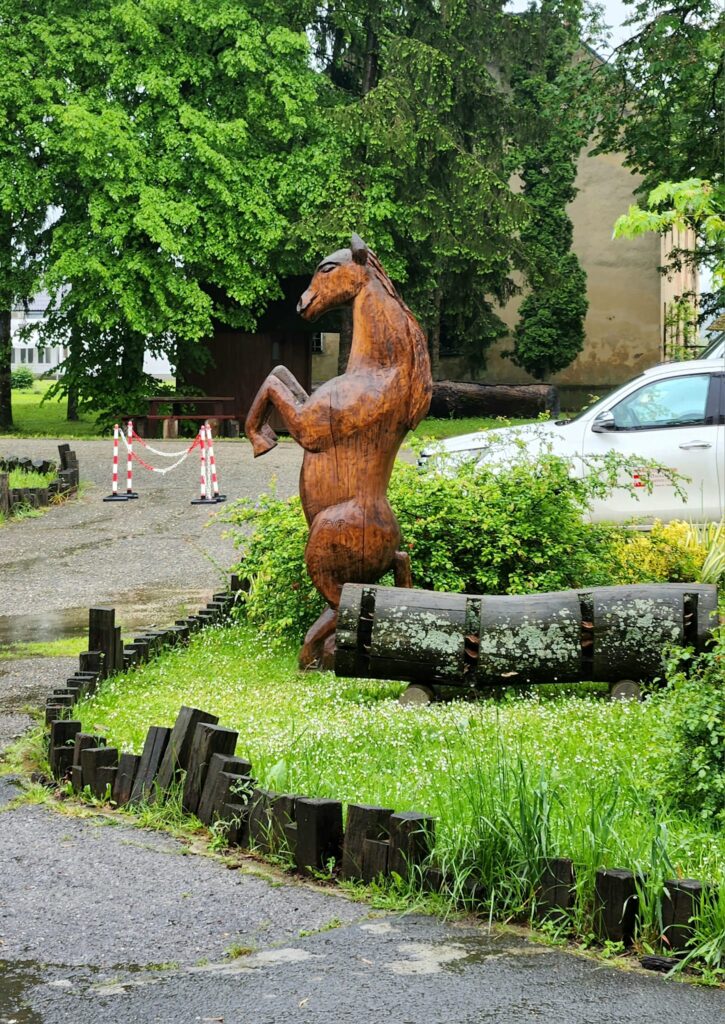
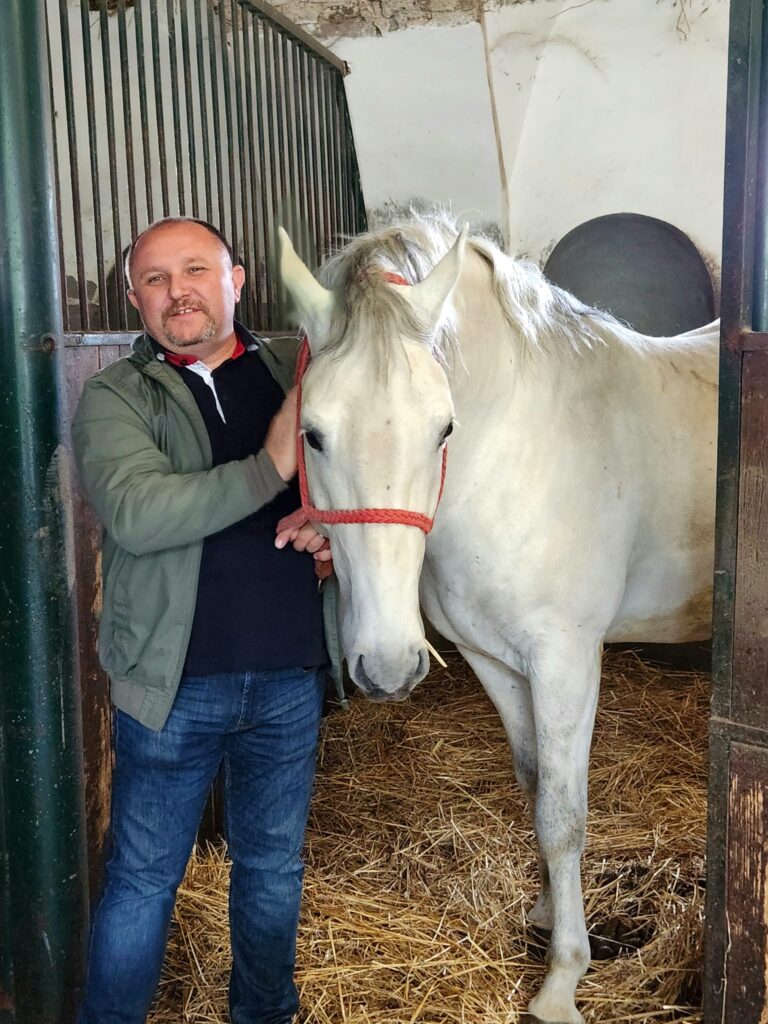
The dark clouds of World War II once again cast a shadow on the fate of the Lipizzaners as the Spanish Riding School found itself under threat. In response, the horses were evacuated to various safe locations, including the Lipik State Stud Farm in Croatia. Post-war, Lipik emerged as an essential center for Lipizzaner preservation and breeding. To this day, the legacy of these horses continues, not only in Lipik but also at the Spanish Riding School in Vienna.
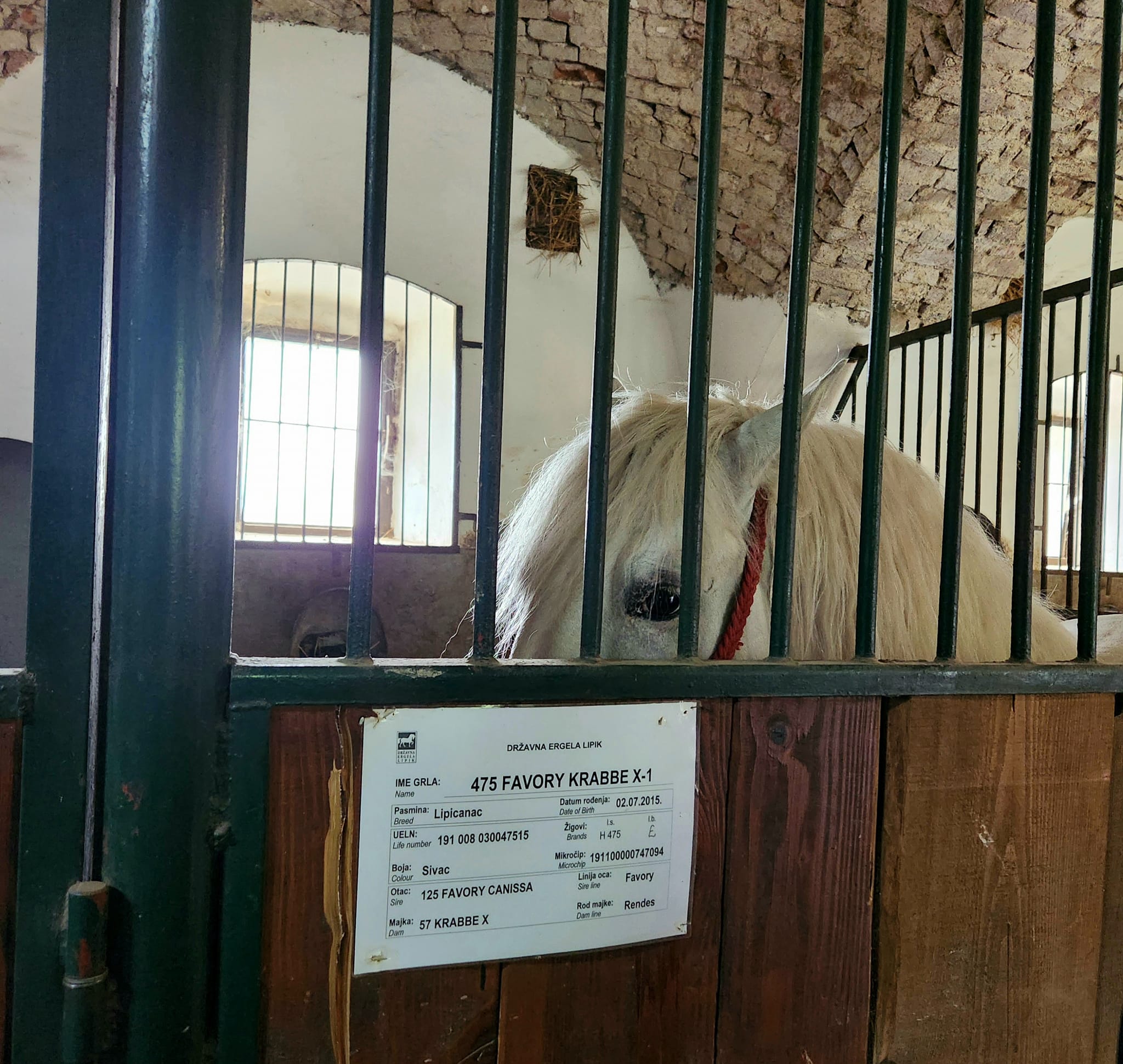
It was rainy when we arrived in Lipik, so we wouldn’t be able to see the famed Lipizzaners in action, performing elaborate dressage and galloping proudly to town. We did, however, get to see them in the stables, including during their meal time in a larger, more open part of the stable so the horses can stretch their legs and walk more than they would in their pens. In one pen we saw a white horse protecting a small brown foal, which we learned was already upwards of 50 pounds and was only two days old! The foal will stay with its mother until it can successfully determine her scent, at which point the foal will be allowed to spend time with other young horses under the supervision of his mother the mare.
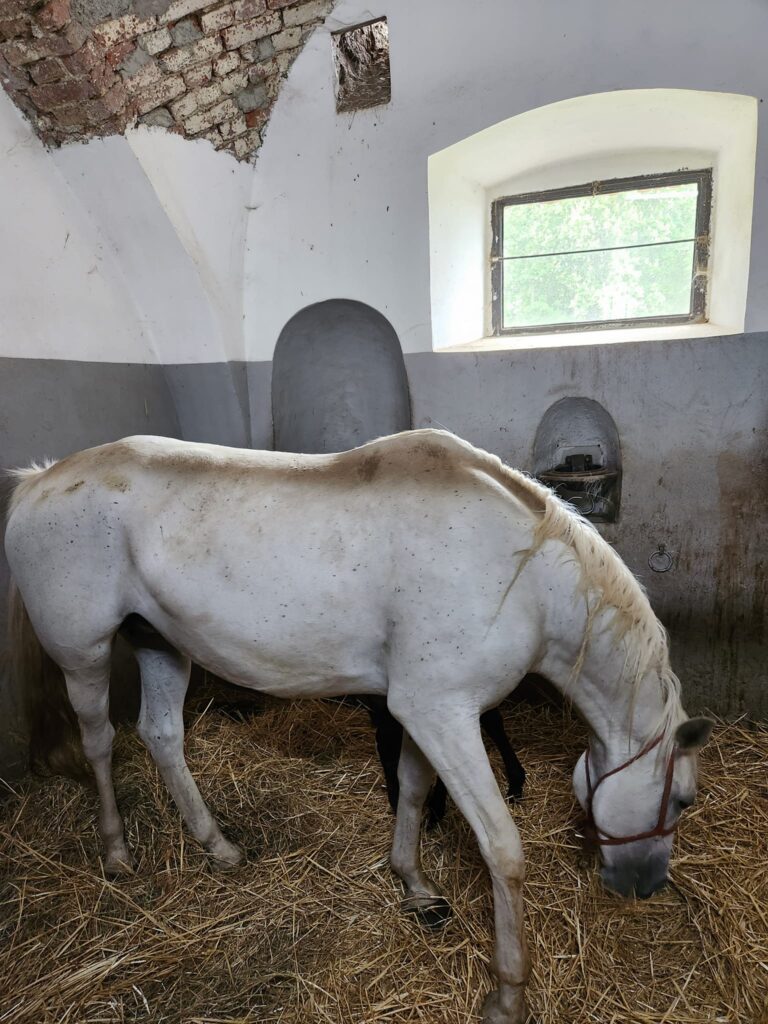
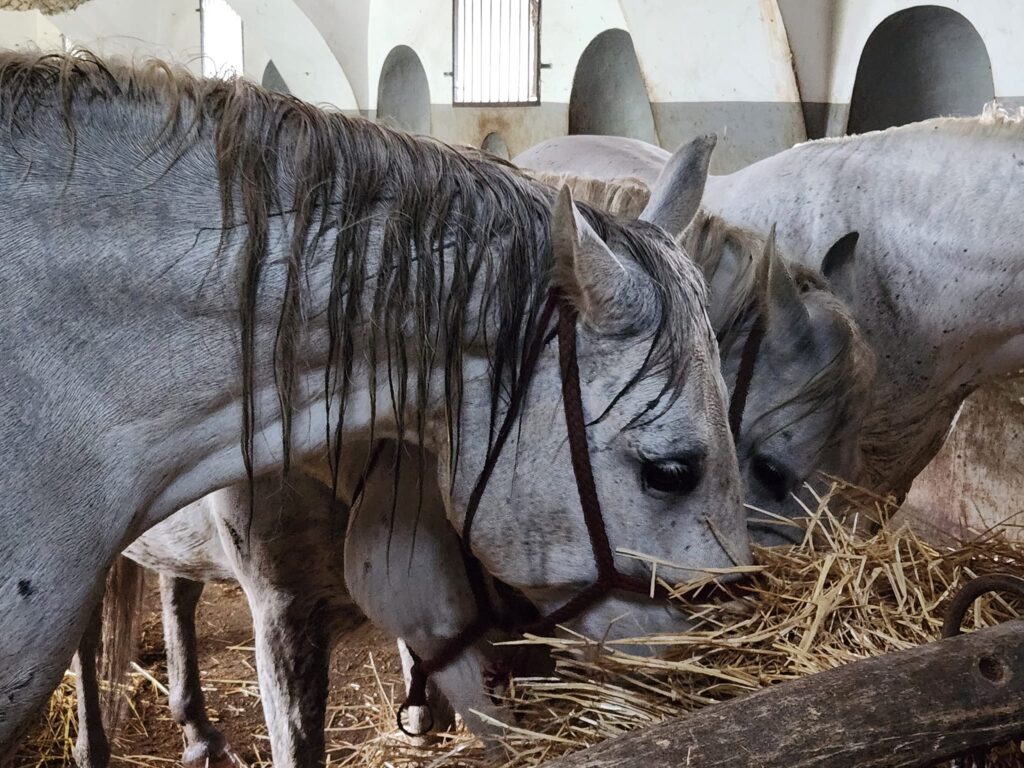
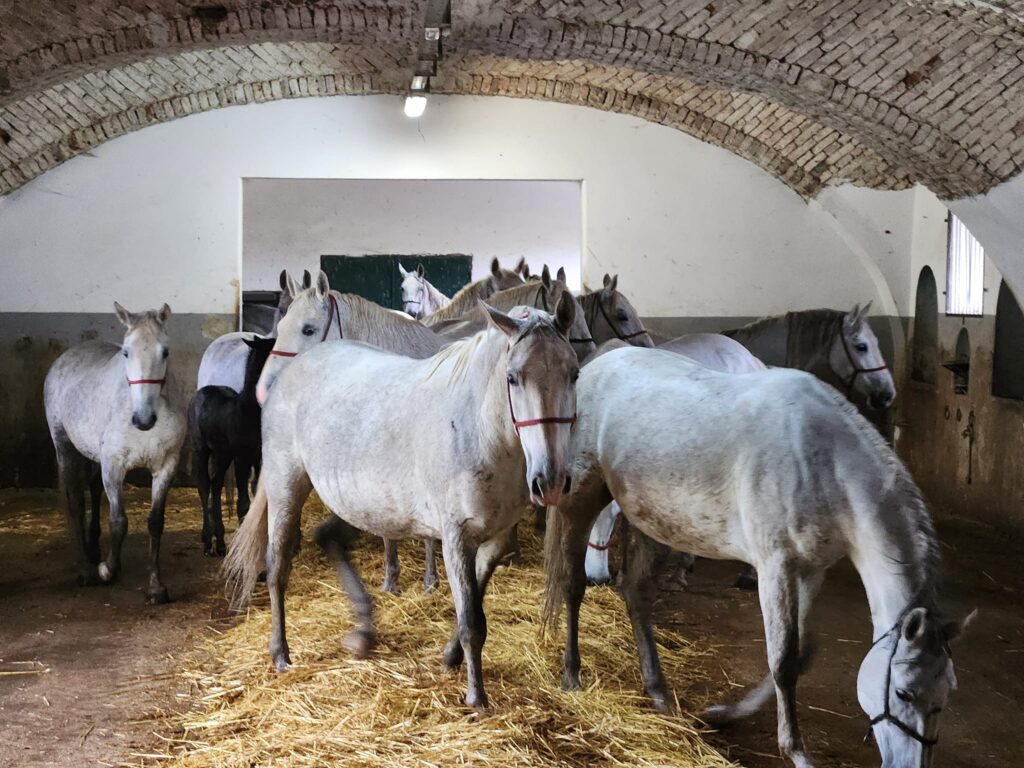
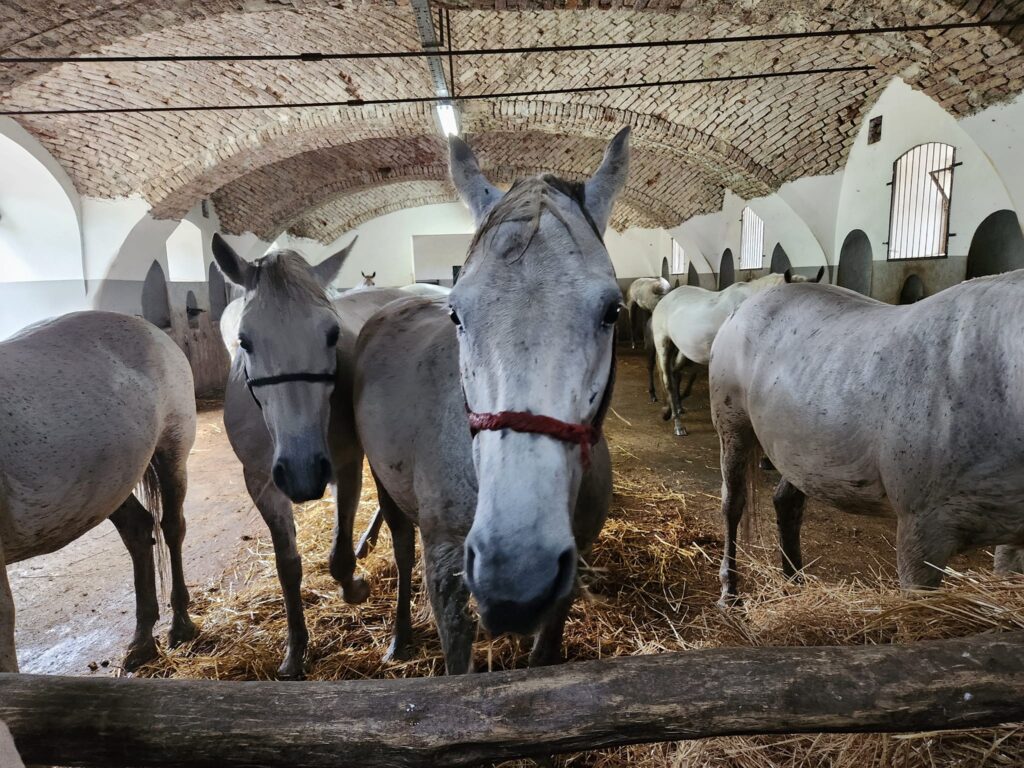
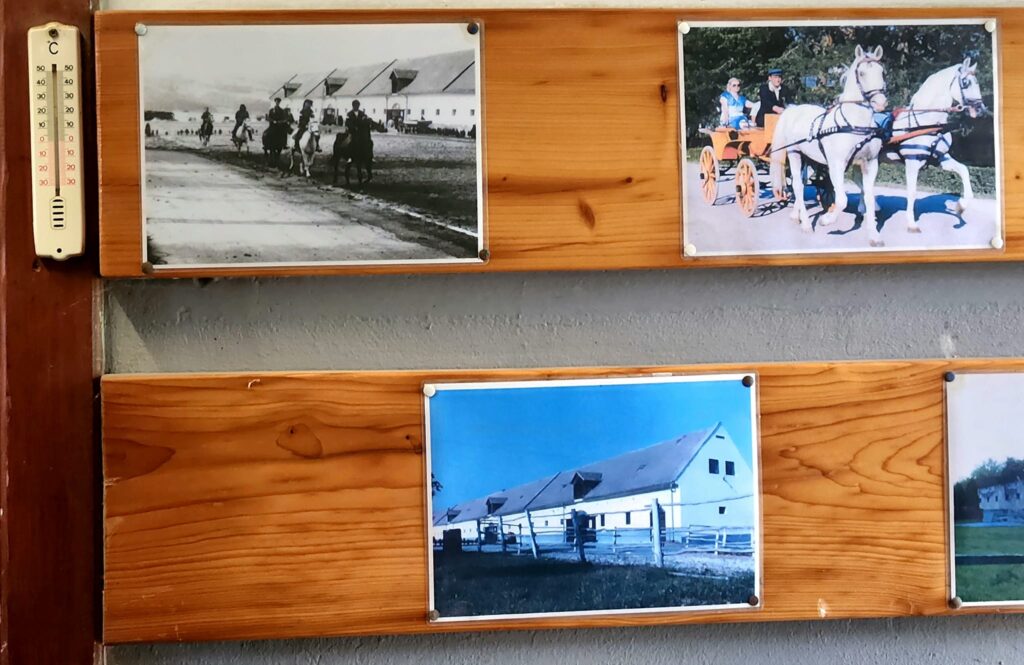
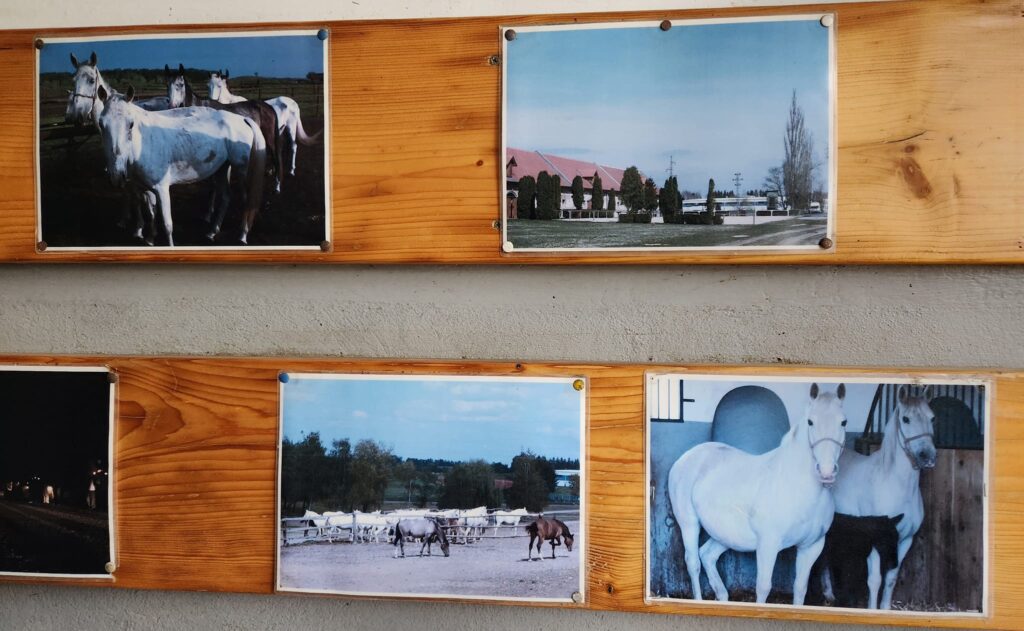
We were then greeted by Veronika Prhal, Ivana Pleše, and many others involved in tourism for the town of Lipik. We were even greeted by a couple in traditional 19th-century costume, a very nice touch for some weary travel professionals that immediately drew in our natural interest regarding Lipik and its history. We began a tour of the town’s sights, which included the expansive Toplice Lipik, the town’s thermal baths, which include a hotel component as well as more medical-based spa tourism, treating all types of chronic and acute illnesses.
I would learn from the spa director as well as Ivana that Toplice Lipik partners with the local Croatian War Veterans Home, the first of its kind in the country, and the thermal resort here takes pride in giving back to veterans who helped fight for Croatia during the 1991-1995 Croatian War of Independence, or as we heard it called by the Croatians we met on our trip, the “Homeland War” or “Home War”.


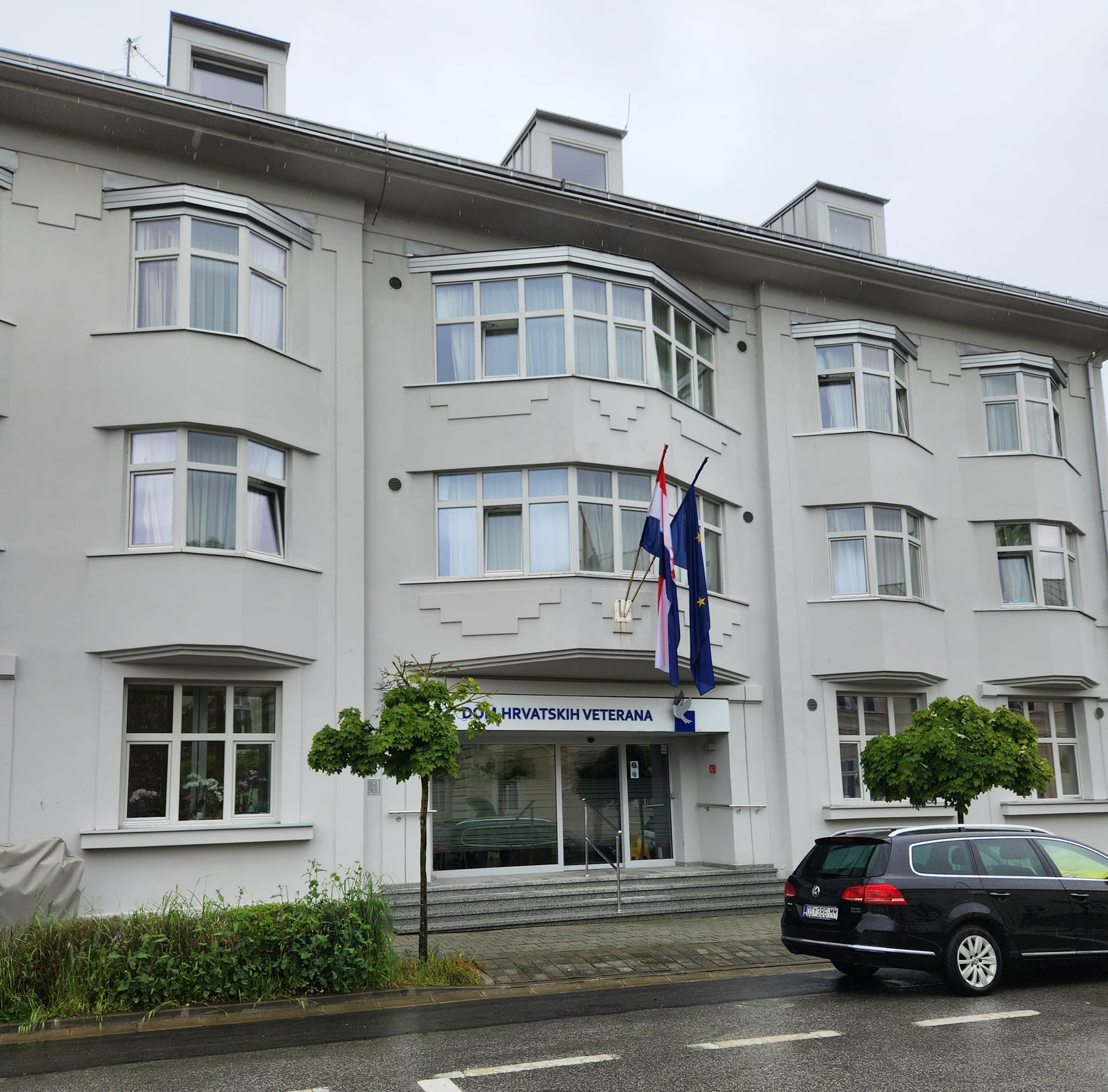
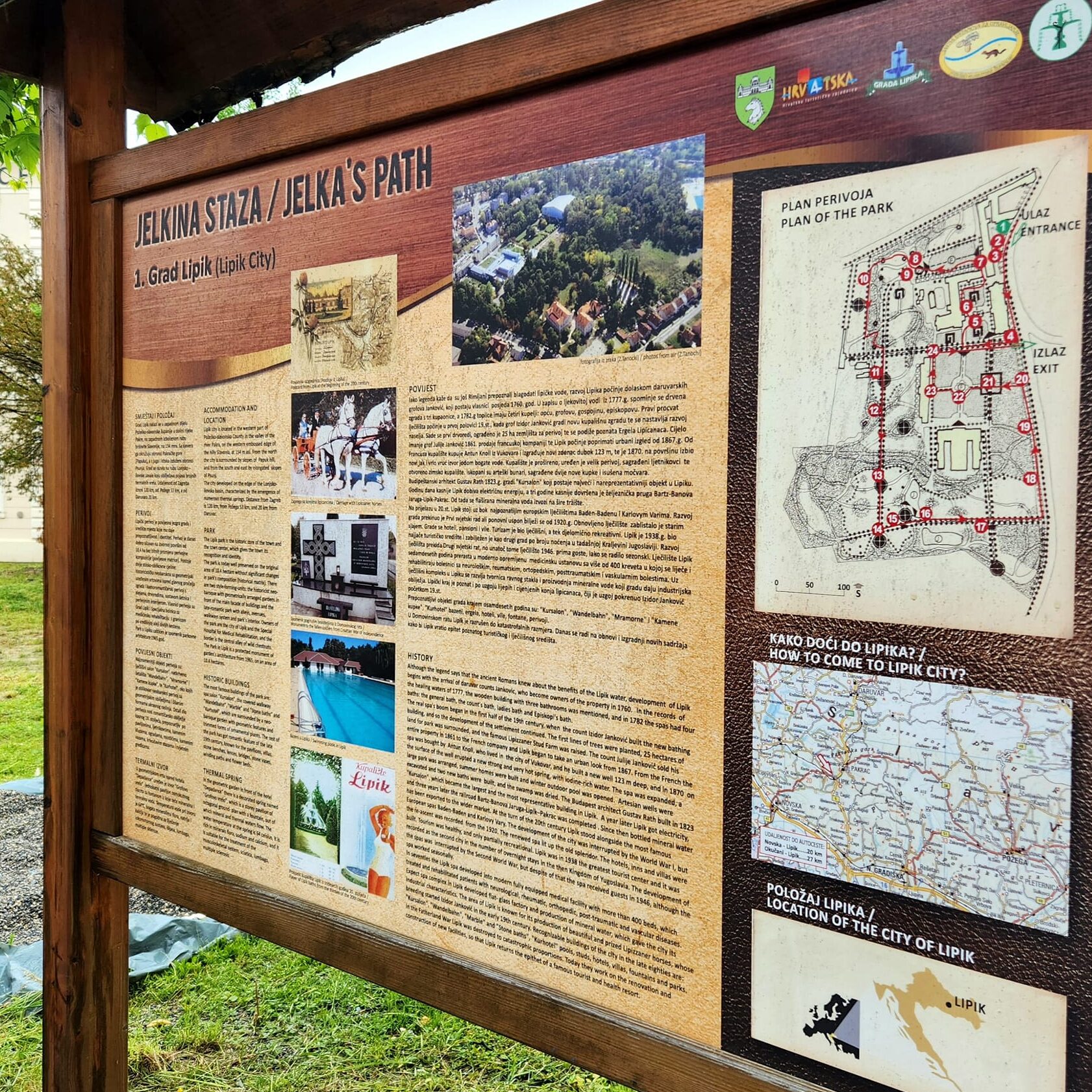

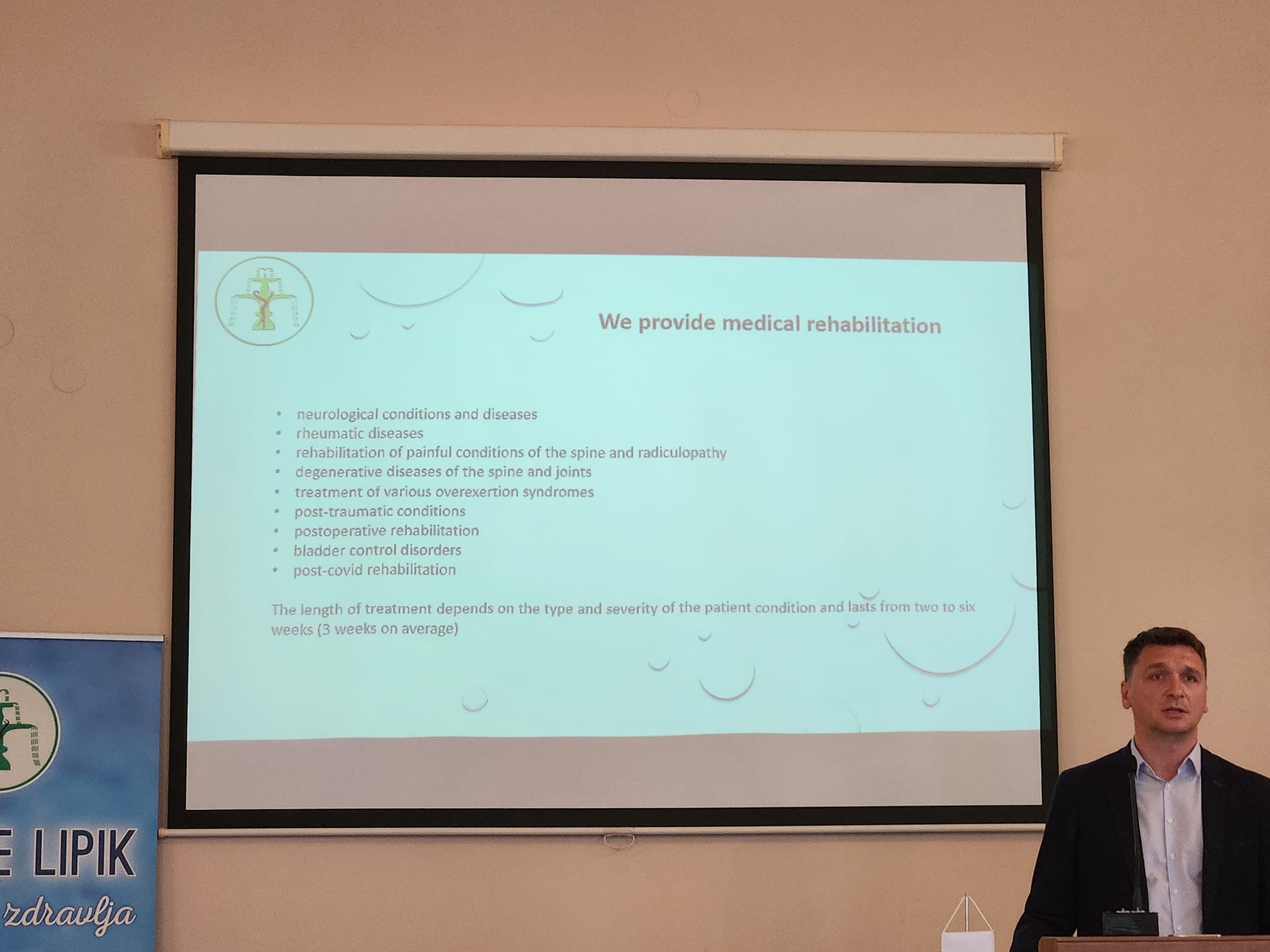
There are a few buildings in Lipik that have been as of yet left unrestored, a lasting memory of a much tougher time in Croatia’s history, yet also an encouraging reminder of how far Croatia has come in just 30 years as the town grows with a promise that things will be better, and even better than they once were. The ruined resort building in Lipik, for example, was heavily damaged in the “Homeland War”, and after decades of delays, it is hoped that it too will reopen better than ever in a few years’ time, thanks to new investment. This will allow Lipik to boast a dramatic increase in the number of hotel rooms offered.
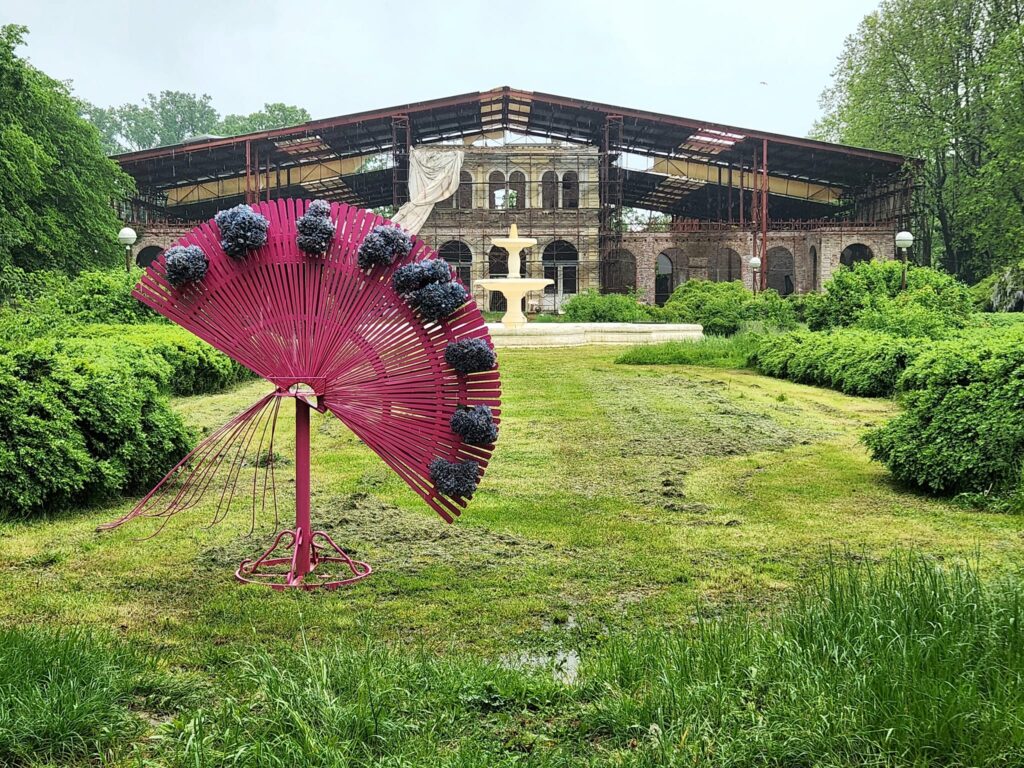
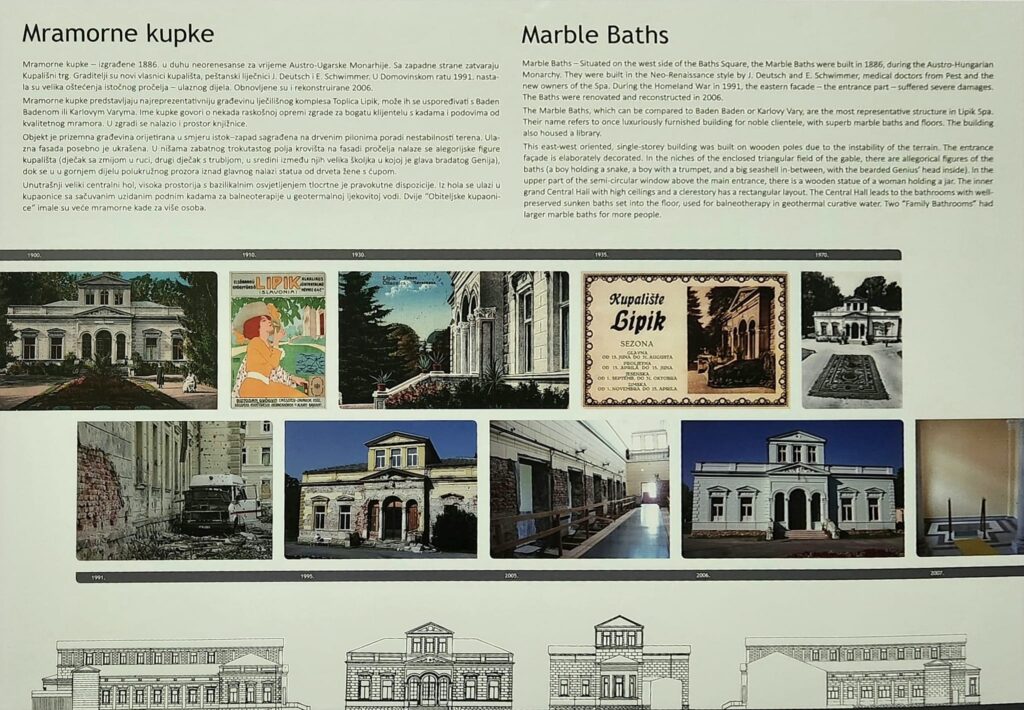
We toured the main spa building as well as the marble baths (“mramorne kupke” in Croatian), which date from the 1880s and are steeped in history, which is evident if you have a chance to walk the marble baths’ halls and view the pictures, diagrams, and historical context given for the long thermal history boasted by the town.
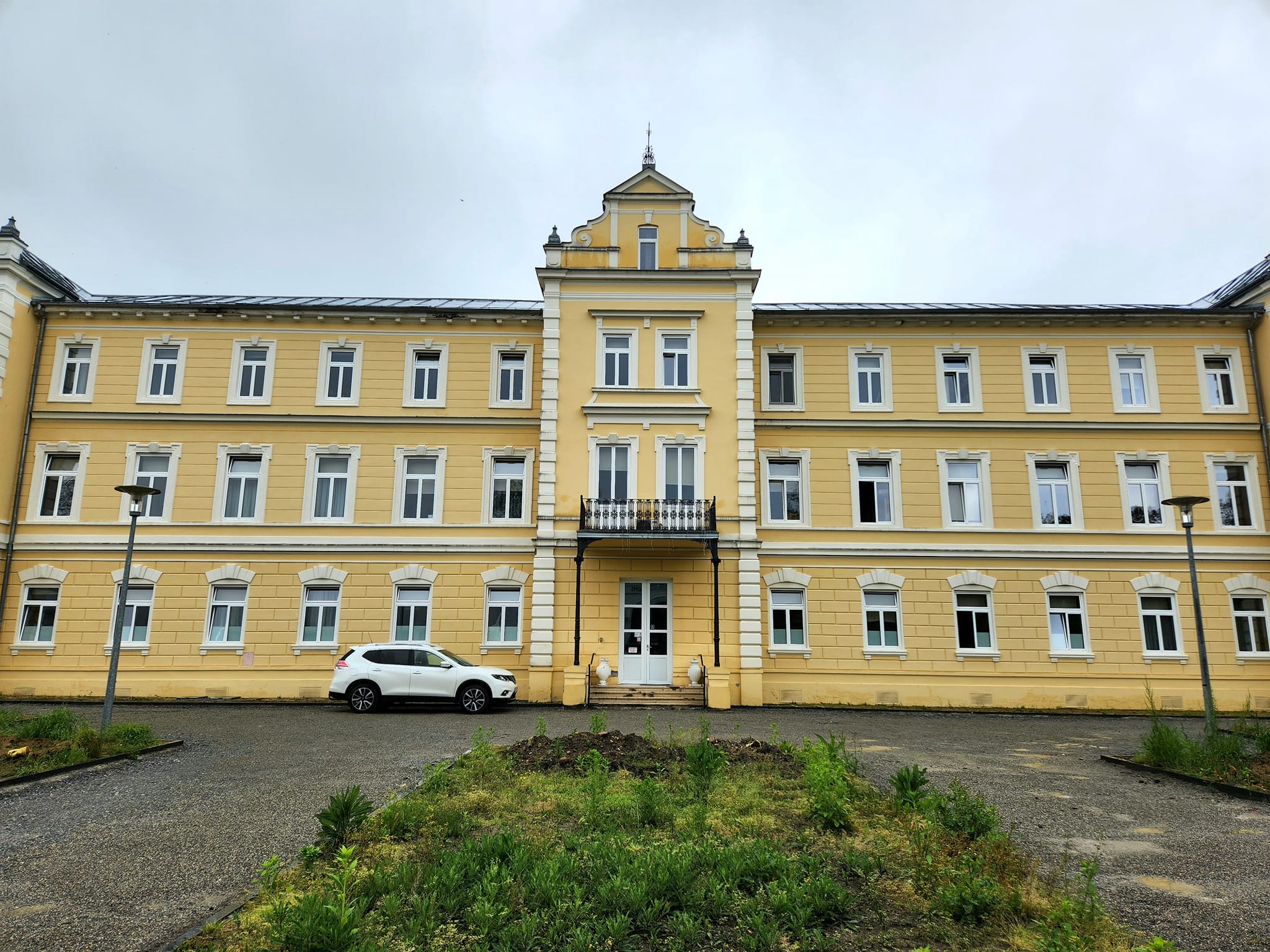
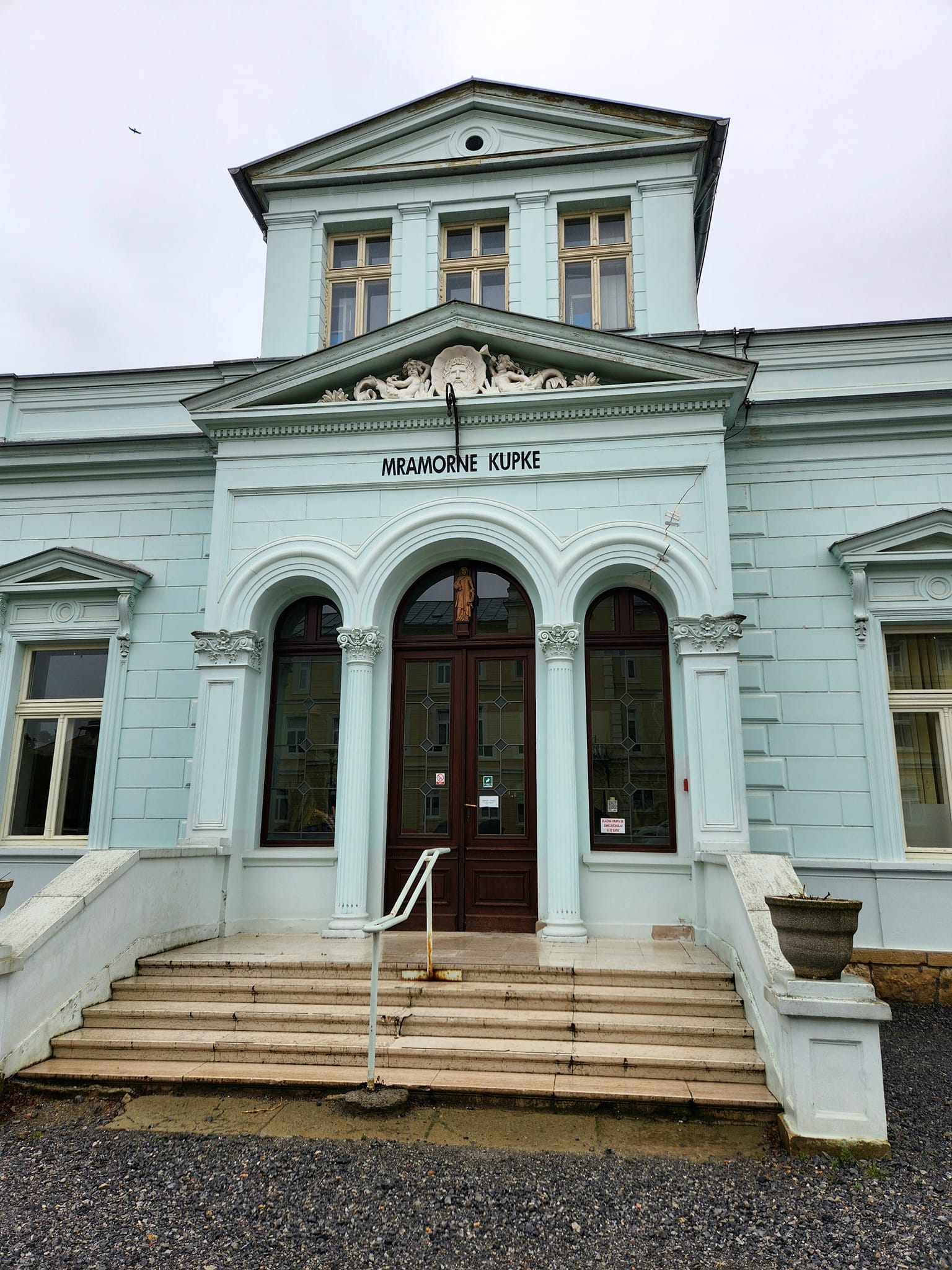
At this point we were allowed spa time so we could learn how everything works first-hand. I was treated to a relaxing marble bath, so named because of the building (obviously) and also because the tile in the bath area and most of the room is marble. A machine creates a jet action in the water and the thermal water works with the jets to calm and soothe your muscles. After 20 minutes in the marble bath, I sipped my water infused with cucumber and fruits and proceeded to the main swimming pool, with temperatures roughly in the upper 80s Fahrenheit, so warm enough for swimming but not too warm for most people to enjoy. The pool featured areas where fountains served as pressure points, allowing you to enjoy the thermal water and have it pour directly on various points of your upper and middle back. Finally, we were treated to a 30-minute upper-body massage and the massage therapists were very attentive, giving just the right amount of pressure needed to fully unwind.
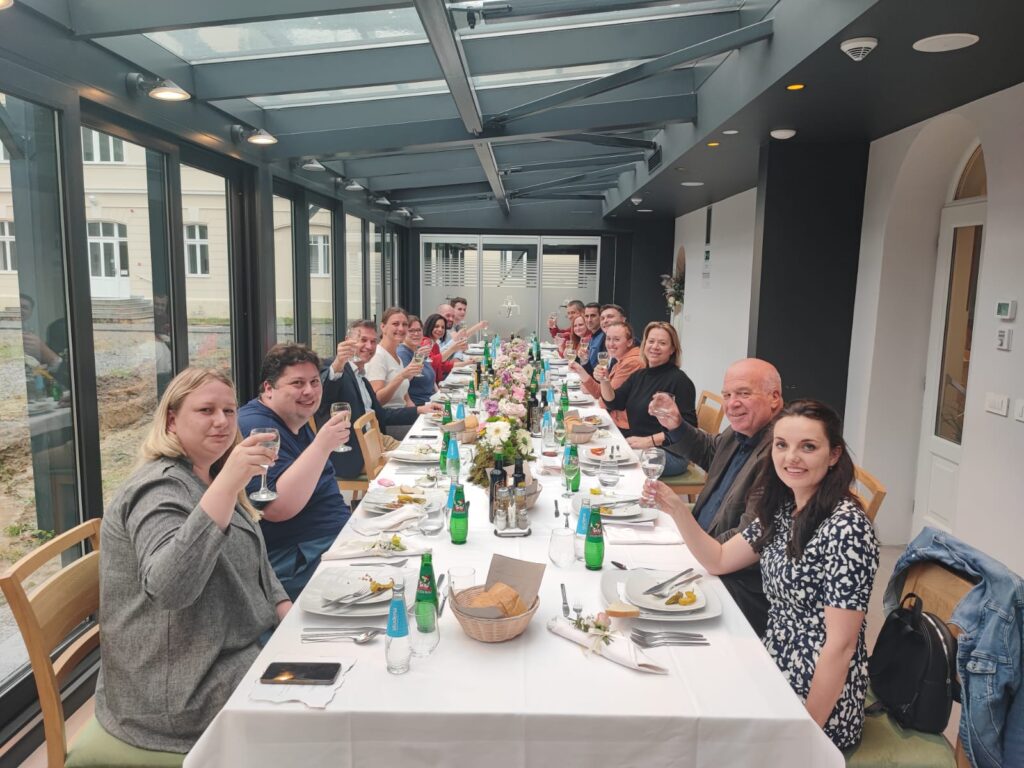
After the spa experience, we were then treated by Veronika, Ivana, and Toplice Lipik to a delicious lunch on the spa grounds. The menu was prepared for us in advance and even printed off and given a special “burnt” after-effect with a candle or lighter, further underscoring the attention to historic detail and overall authenticity of both the lunch and the experience in Lipik. Even the mayor (second from foreground on right in the above photo) was in attendance, with Ivana serving as his interpreter. We were definitely impressed that such important people took the time out of their busy schedules to make sure we felt welcome.
We had so much fun, but we had to say our goodbyes to the hospitable people of Lipik. Before nightfall we set off for our next municipality, Daruvar, which is about 30 minutes to the north of Lipik.
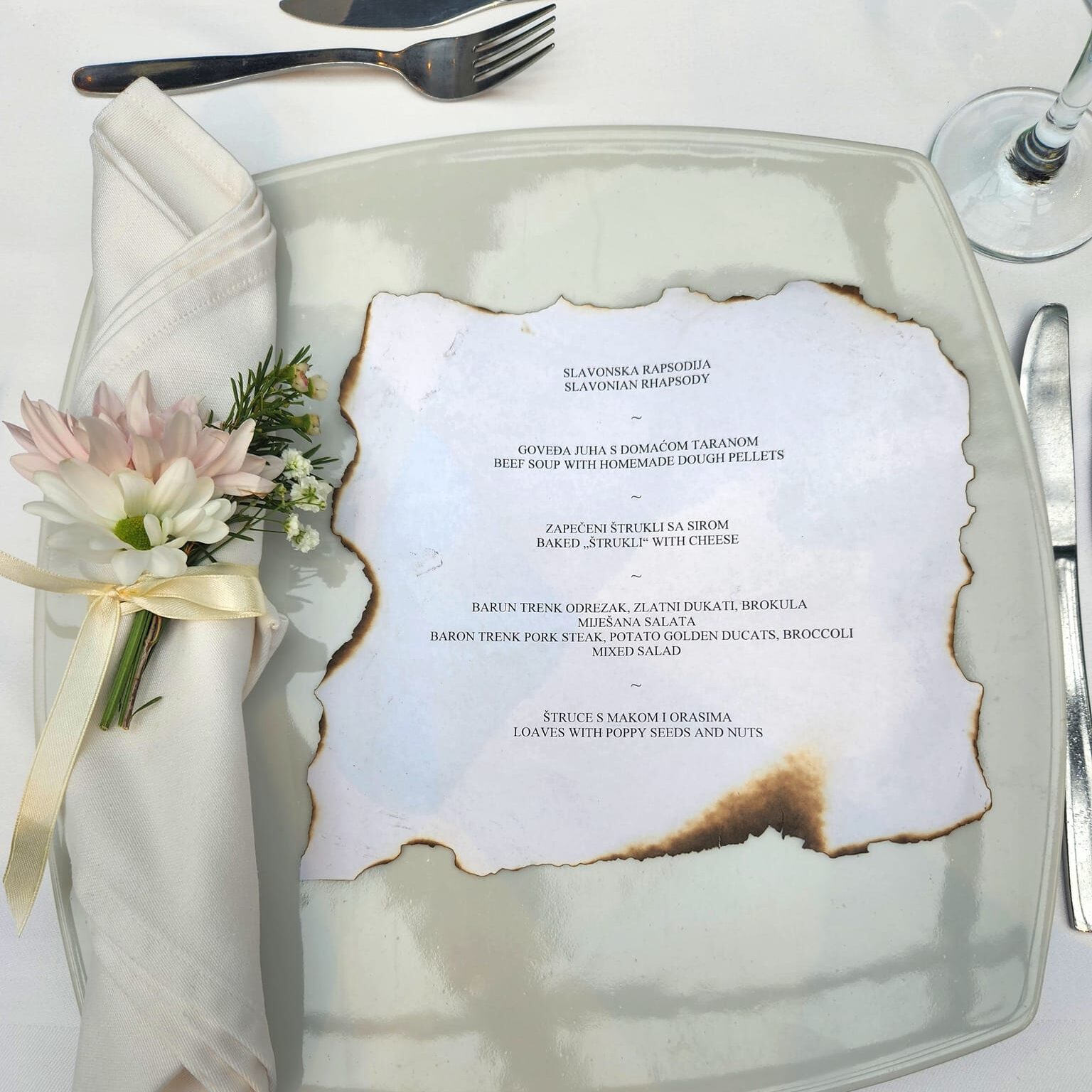
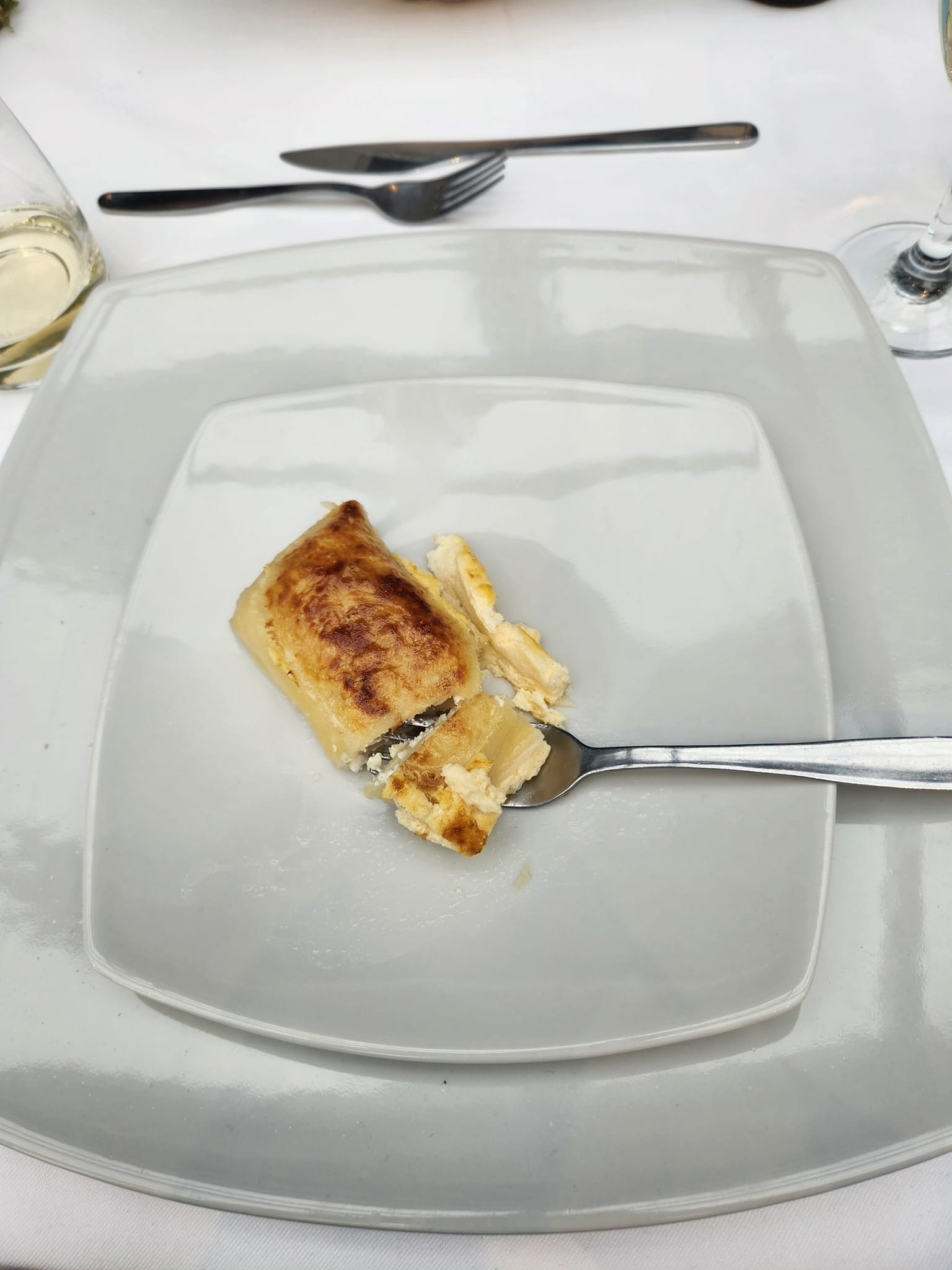
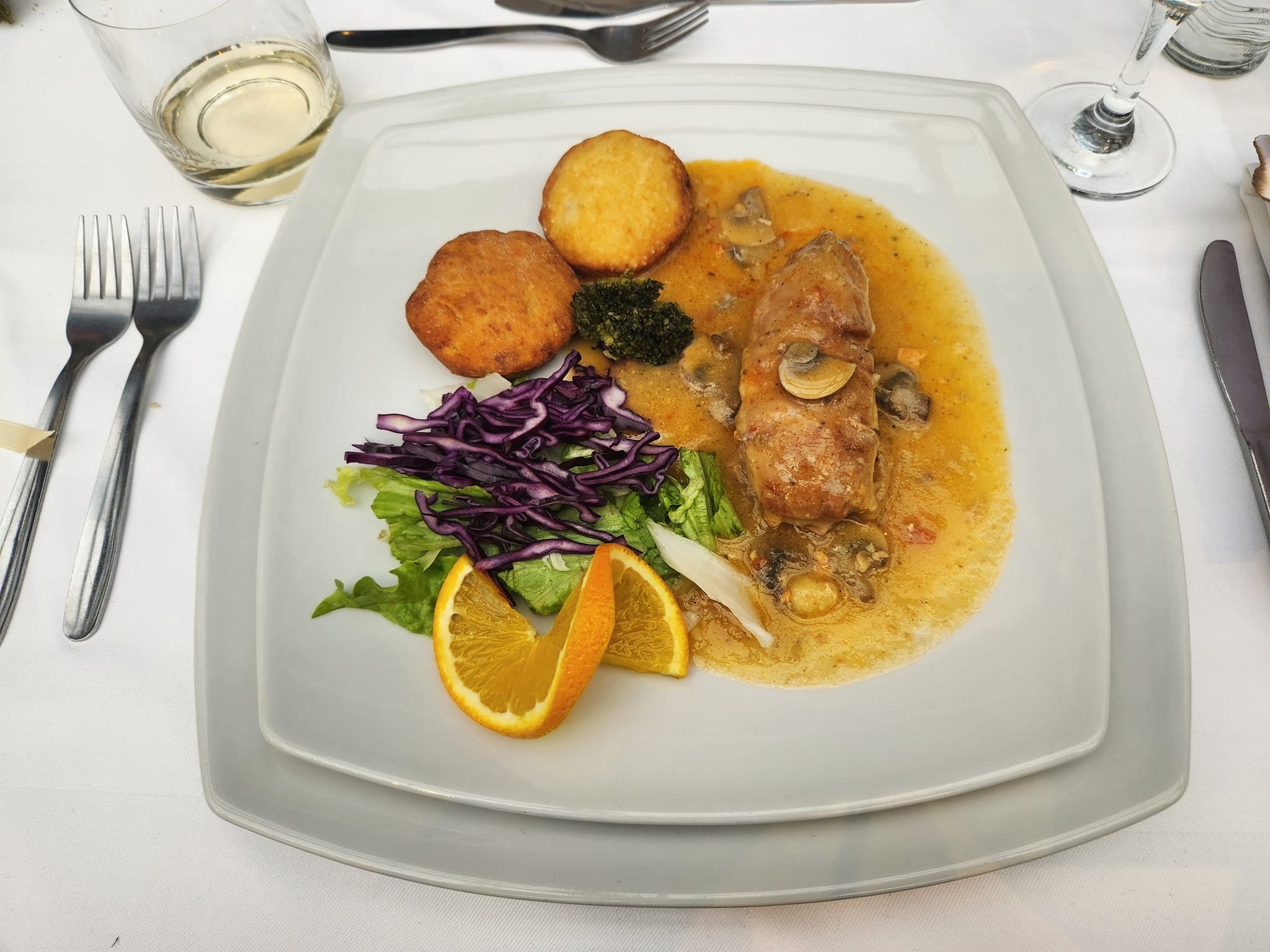
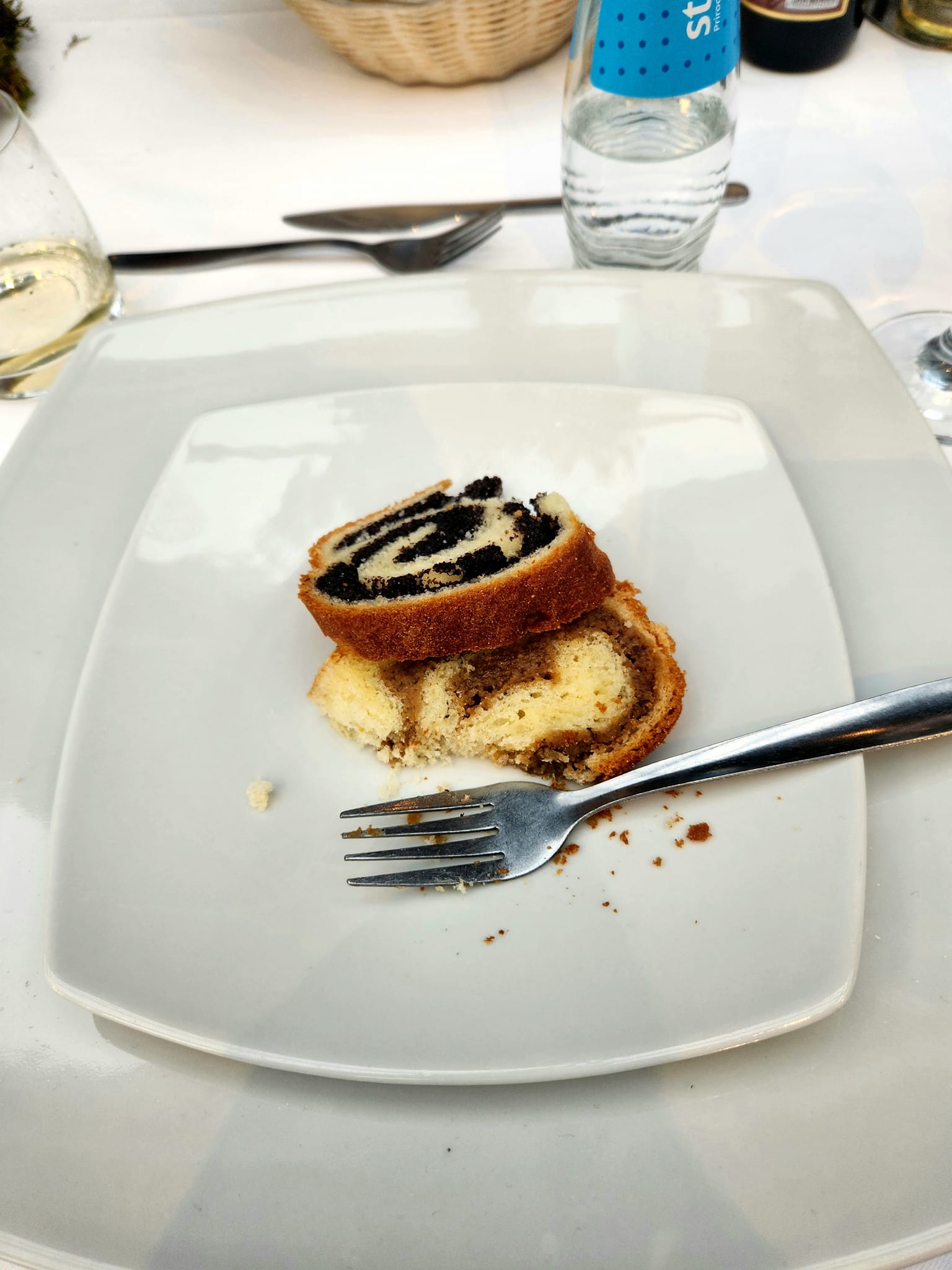
Upon arriving in Daruvar, we found ourselves comfortably tucked away in the inviting Depandansa Arcadia, located a stone’s throw away from Restoran Terasa, lauded as one of Croatia‘s top 100 dining establishments. As dusk proved to be even rainier still, we gathered our umbrellas and we embarked on an enlightening walking tour to delve into Daruvar’s rich historical tapestry, its vibrant Czech minority, and the scars imprinted by the “Homeland War” that echoed the narrative of Lipik.
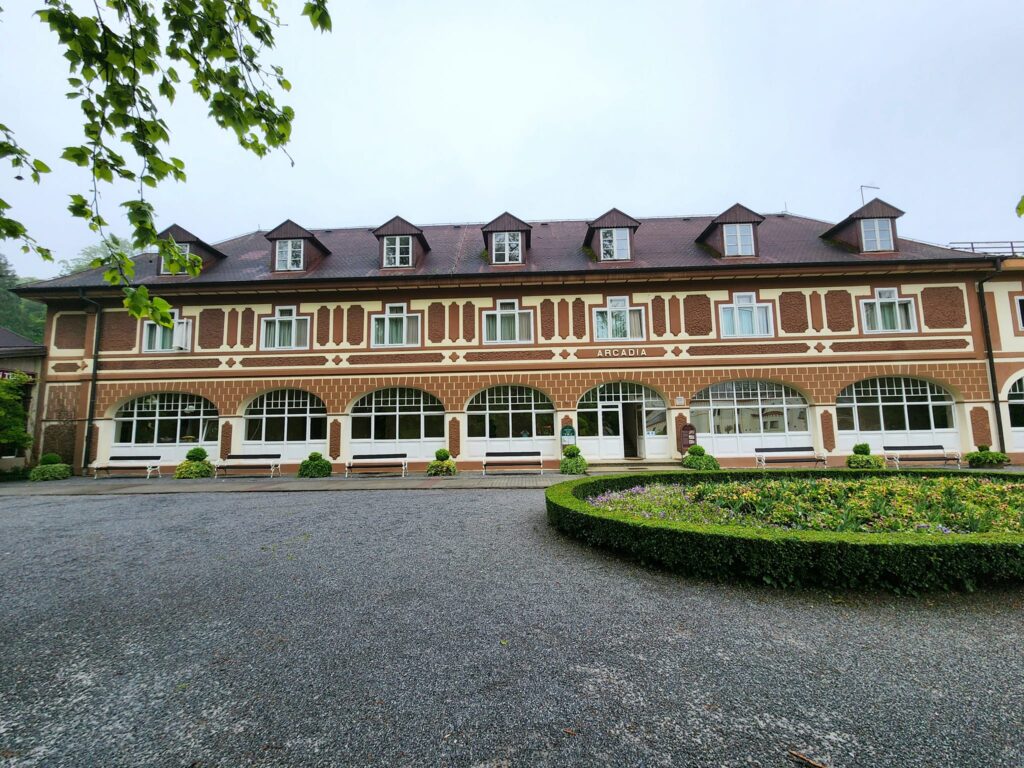
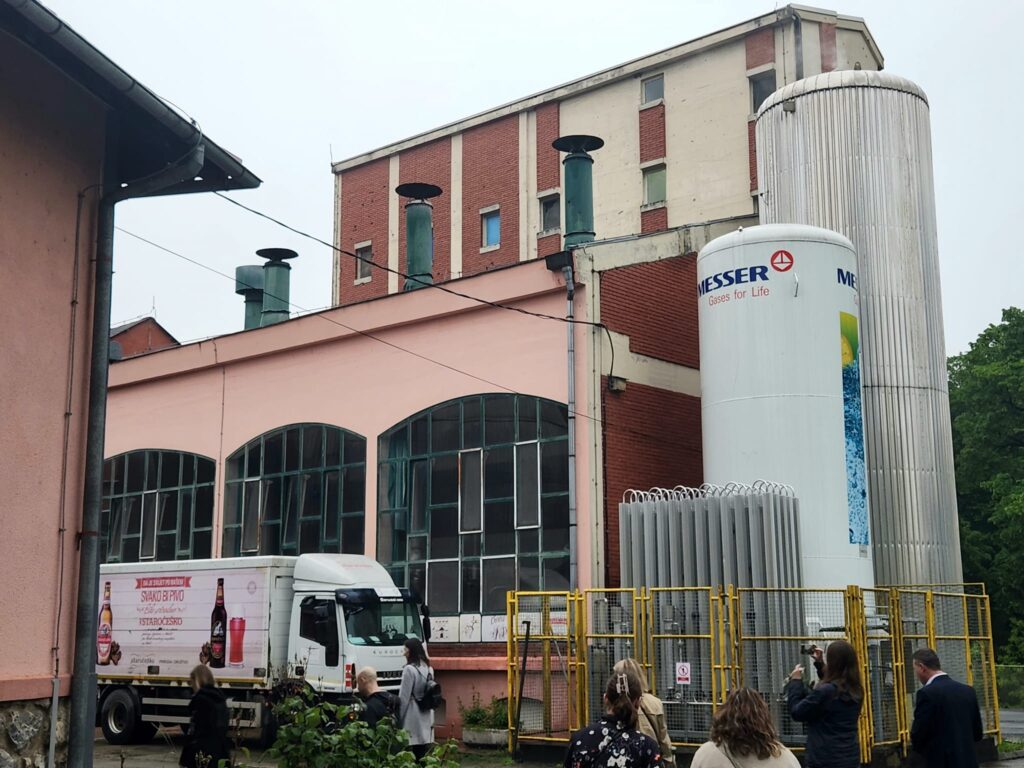
The walking tour found its conclusion at the iconic Daruvar Brewery, where we were greeted by Ivana Plažanin Vuković, the Director of Tourism for Daruvar. She cordially invited us to a unique tasting event known as “BEERLIST,” a sensorial journey which allowed us to explore the brewery’s exceptional offerings.
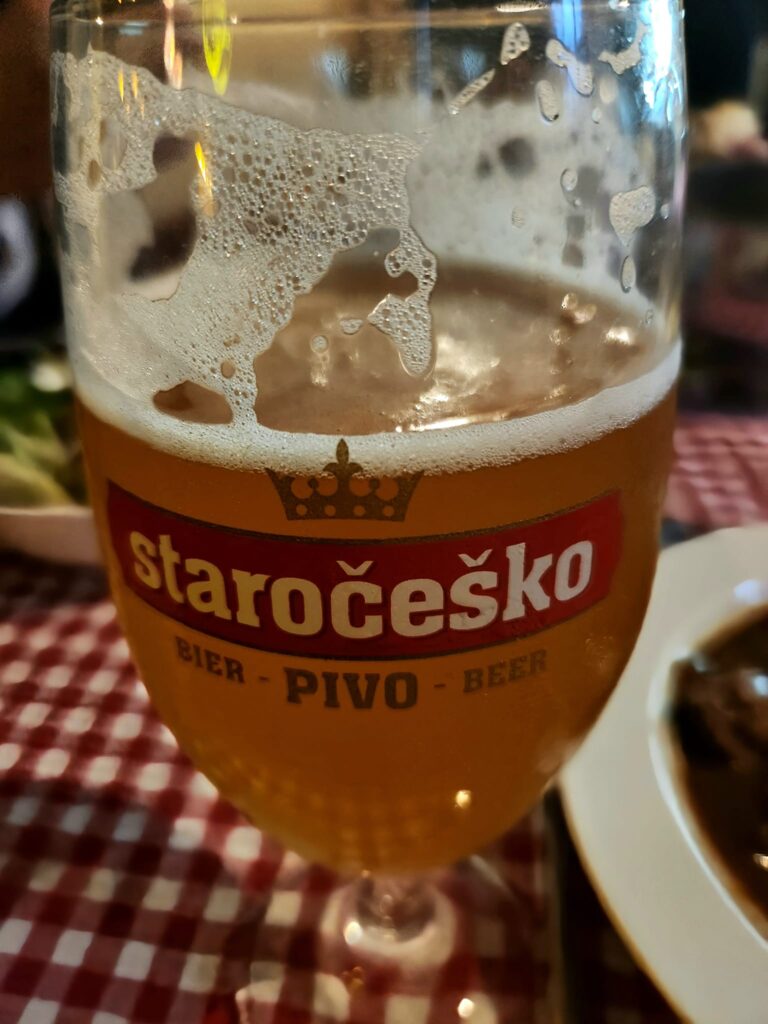
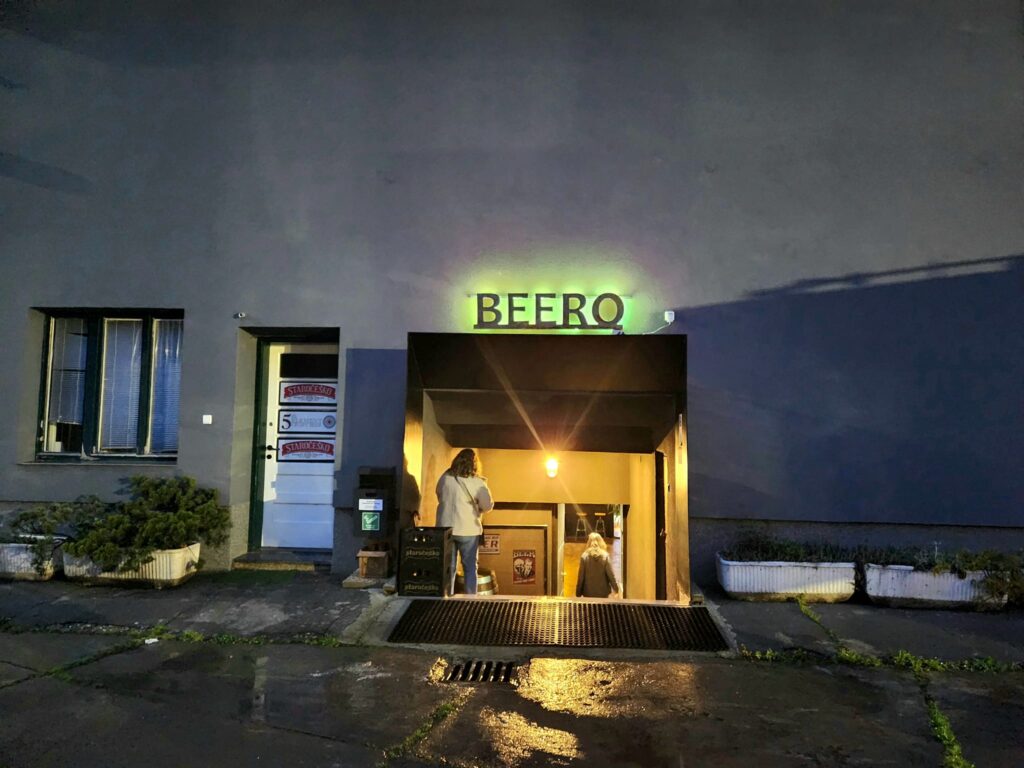
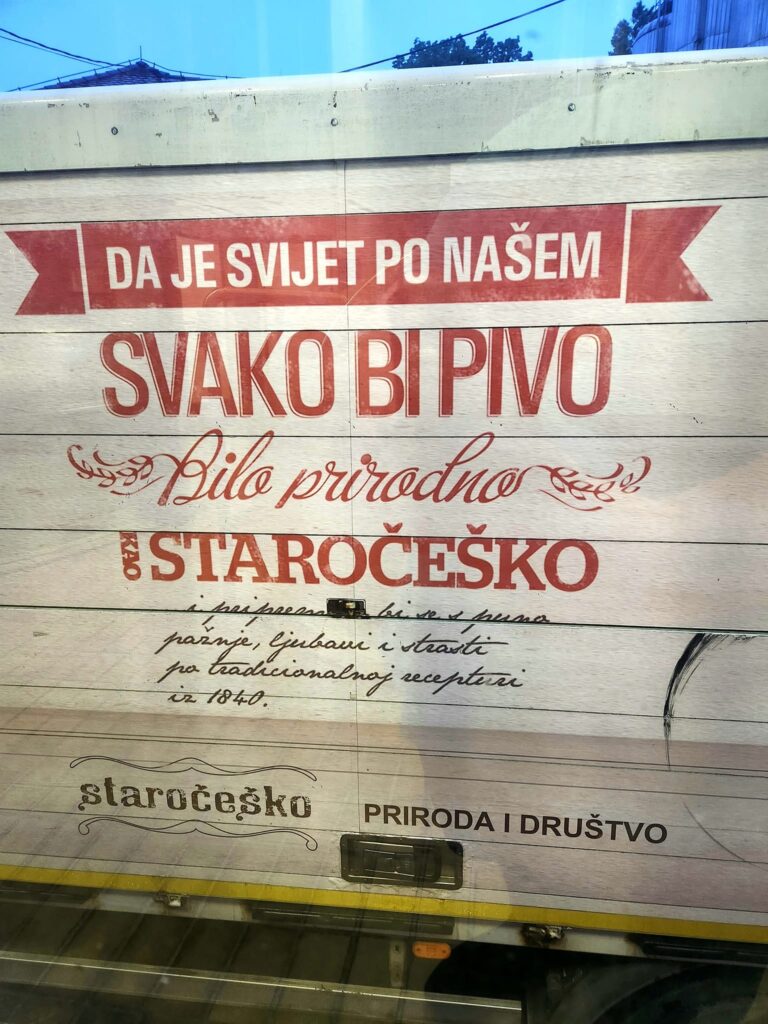
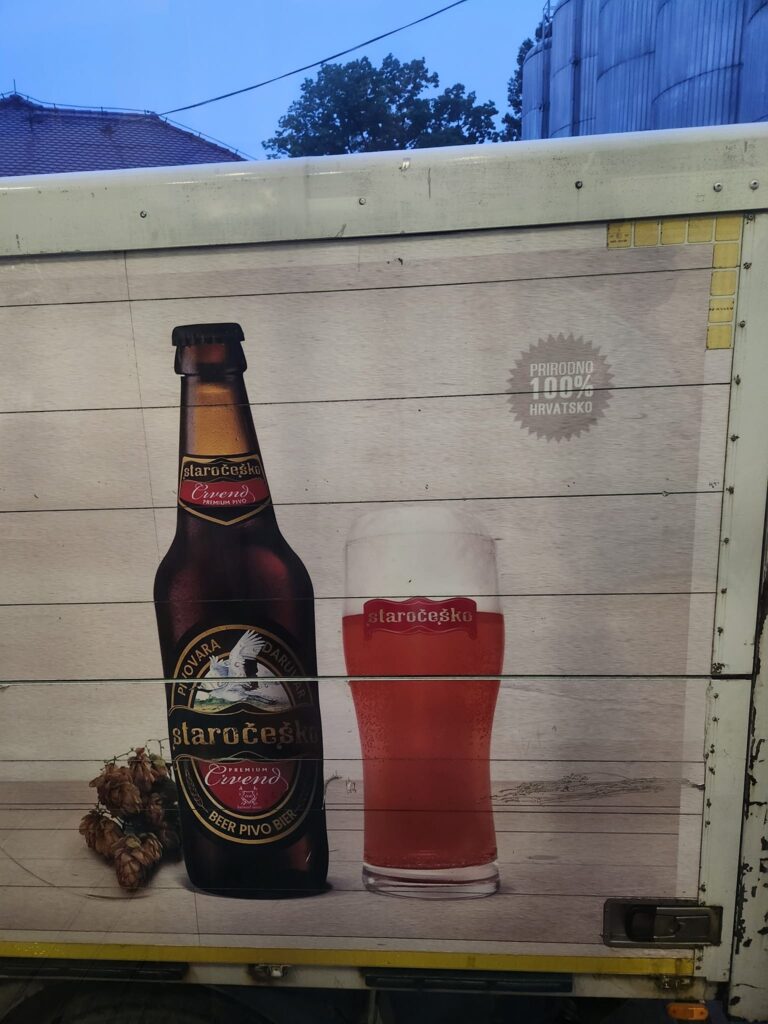
Boasting a continuous brewing legacy since 1840, Daruvar Brewery stakes its claim as the oldest in Croatia, and asserts its mastery of pilsner brewing, even predating Plzeň in the Czech Republic. While it’s widely acclaimed for its Staročeško beer, easily found across Croatia, the brewery is also gaining recognition for its innovative craft beer line, “the 5th Element”. This intriguing moniker, as explained by master brewer Krešo Marić, celebrates the experimental spirit of the craft beer scene, adding a novel ‘fifth element’ to the traditional quartet of basic beer ingredients.
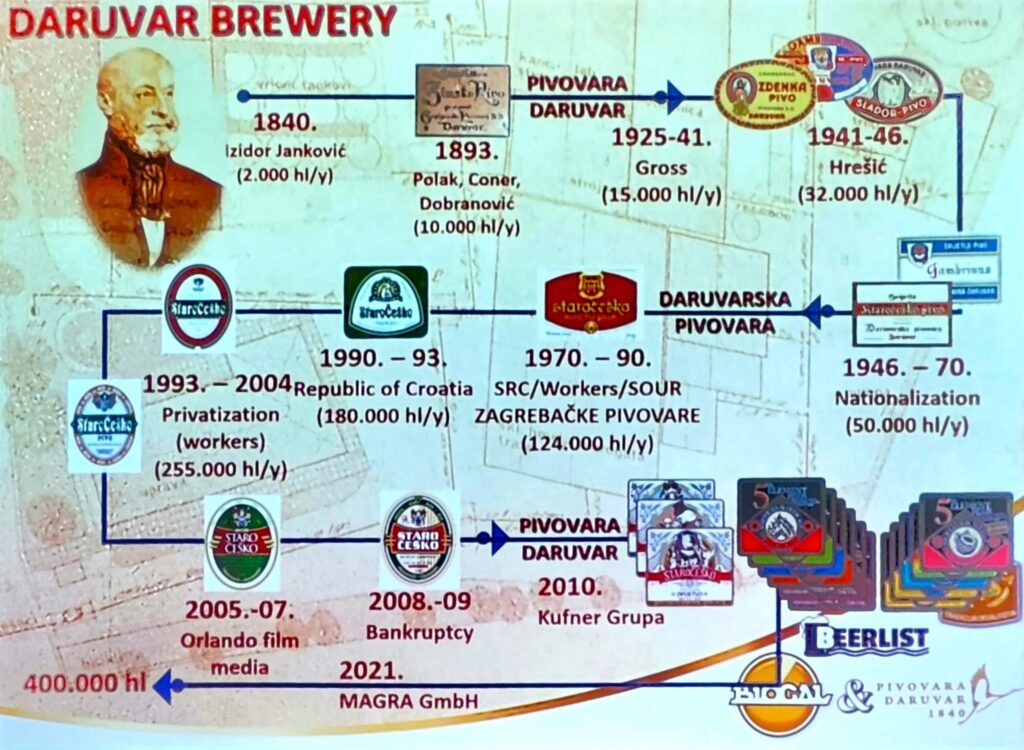
Our “BEERLIST” experience was elevated further as it tastefully paired the majority of the nine “5th Element” craft beers with an array of local delicacies, courtesy of the region’s Czech ethnic minority. Our palate was treated to a splendid assortment of cheeses, savory meats, and a decadent chocolate cake baked with the 5th Element stout. As we sipped and savored, we were taken on a tour of the brewery, immersing ourselves in the brewing traditions of the region while gaining insight into the challenges and intricacies of large-scale beer production.
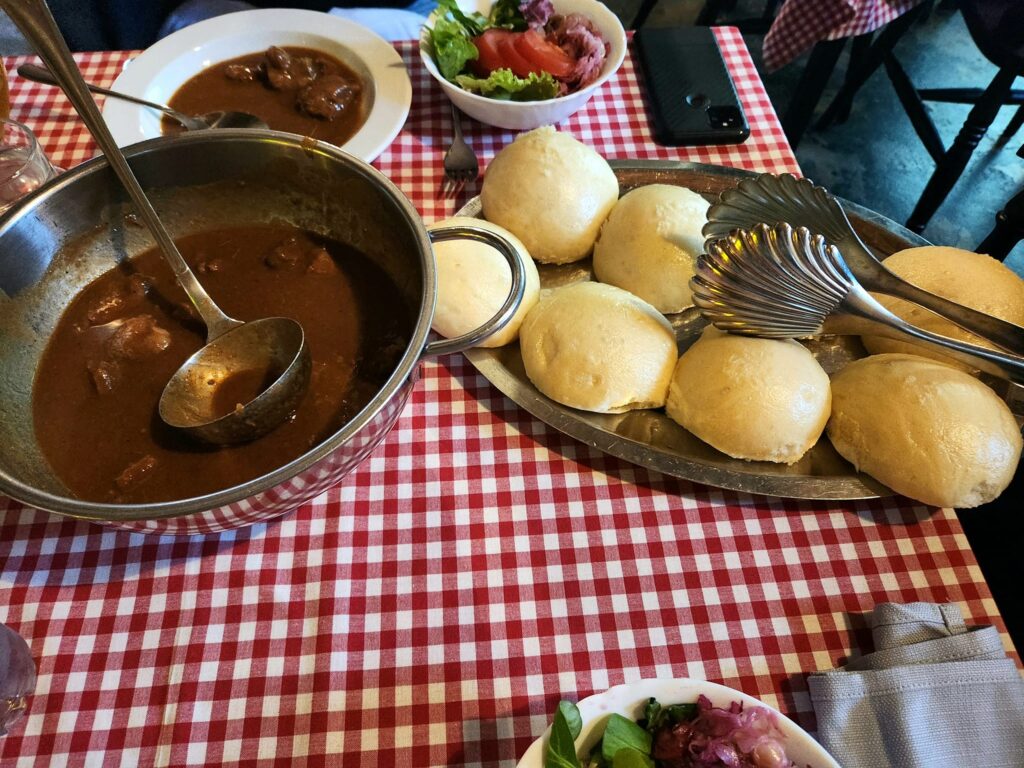
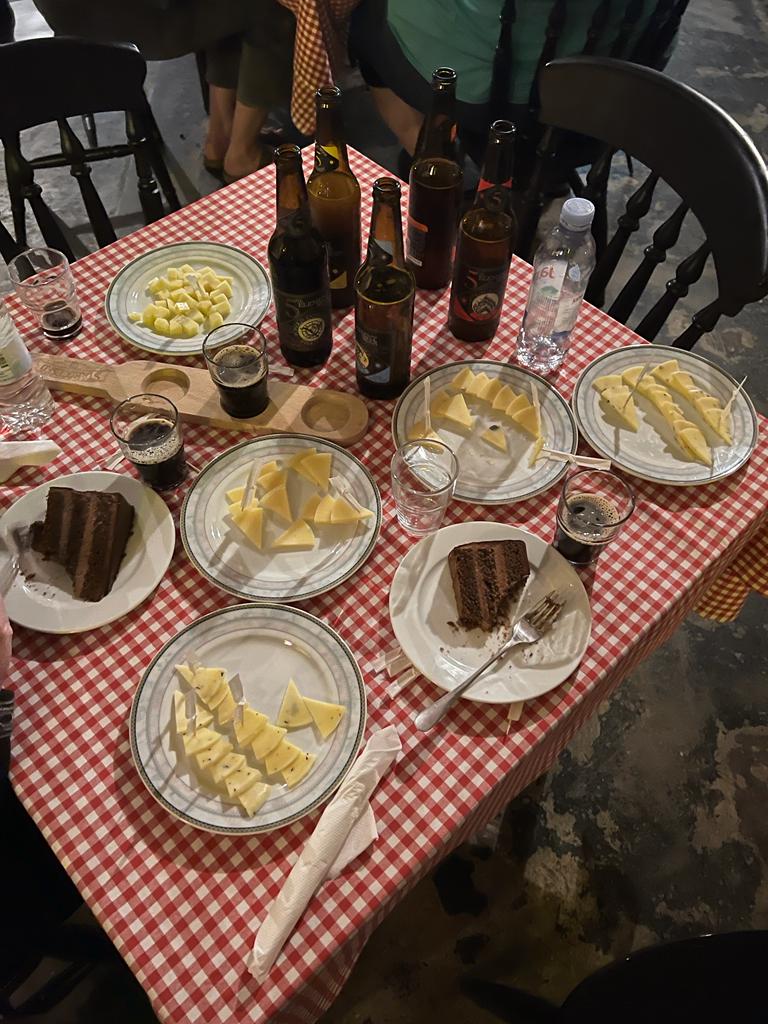
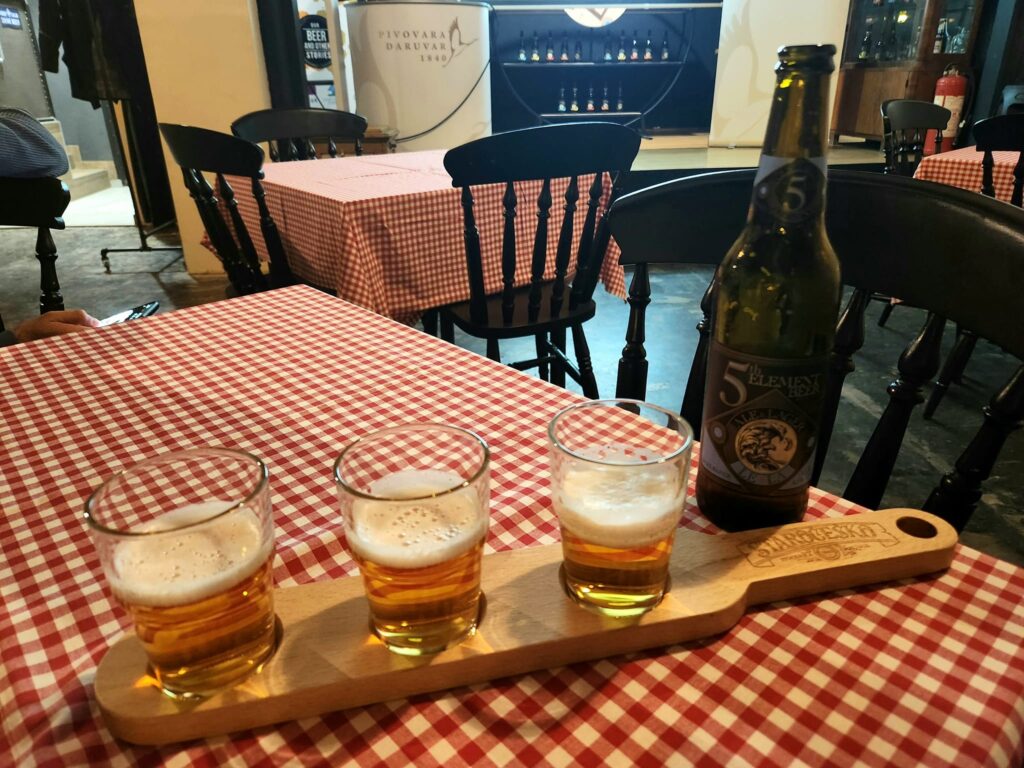
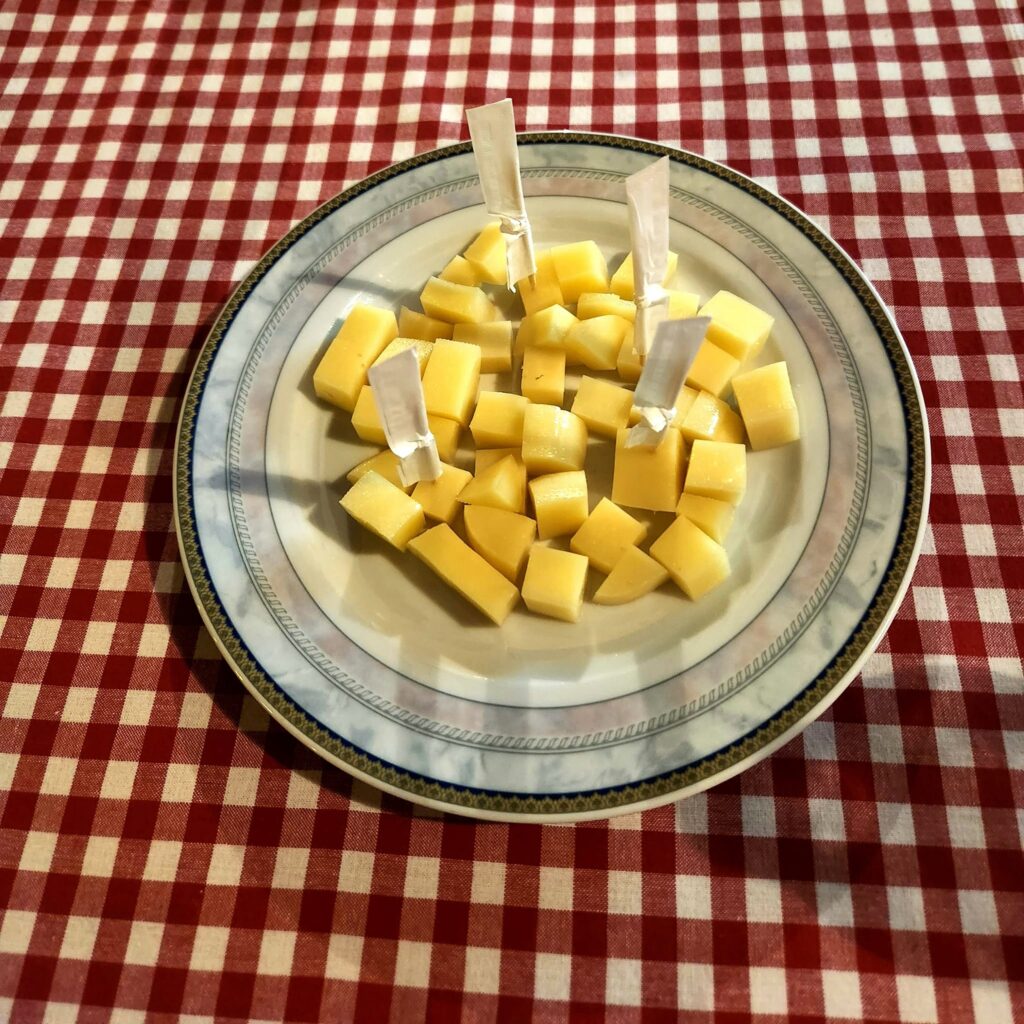
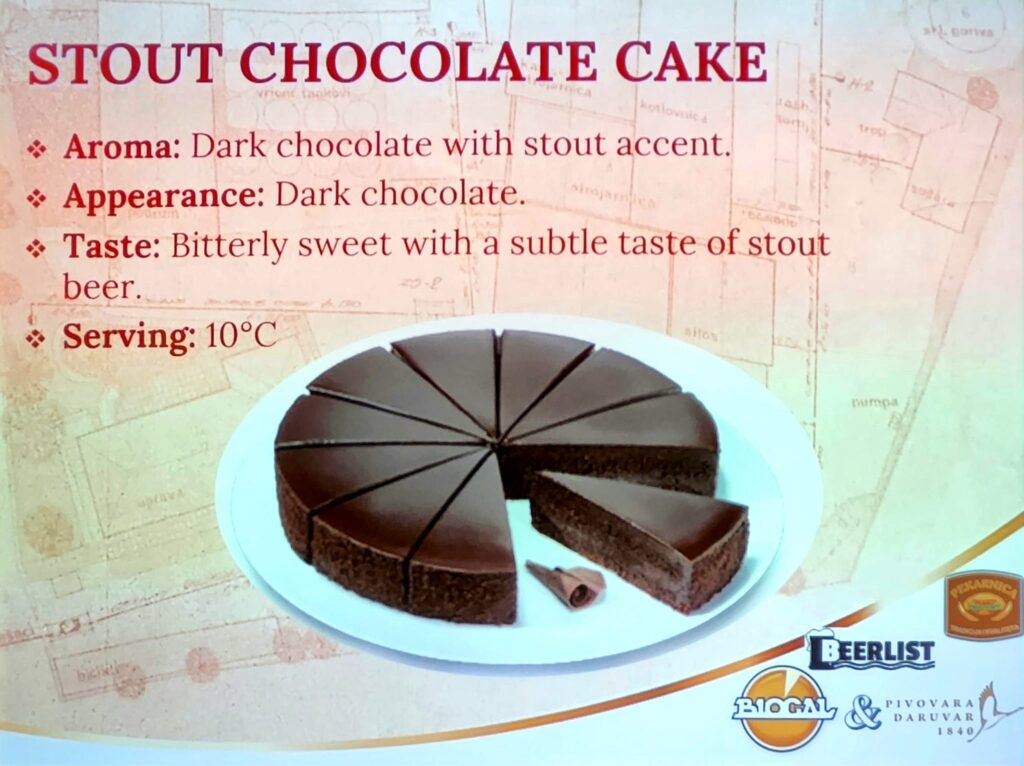
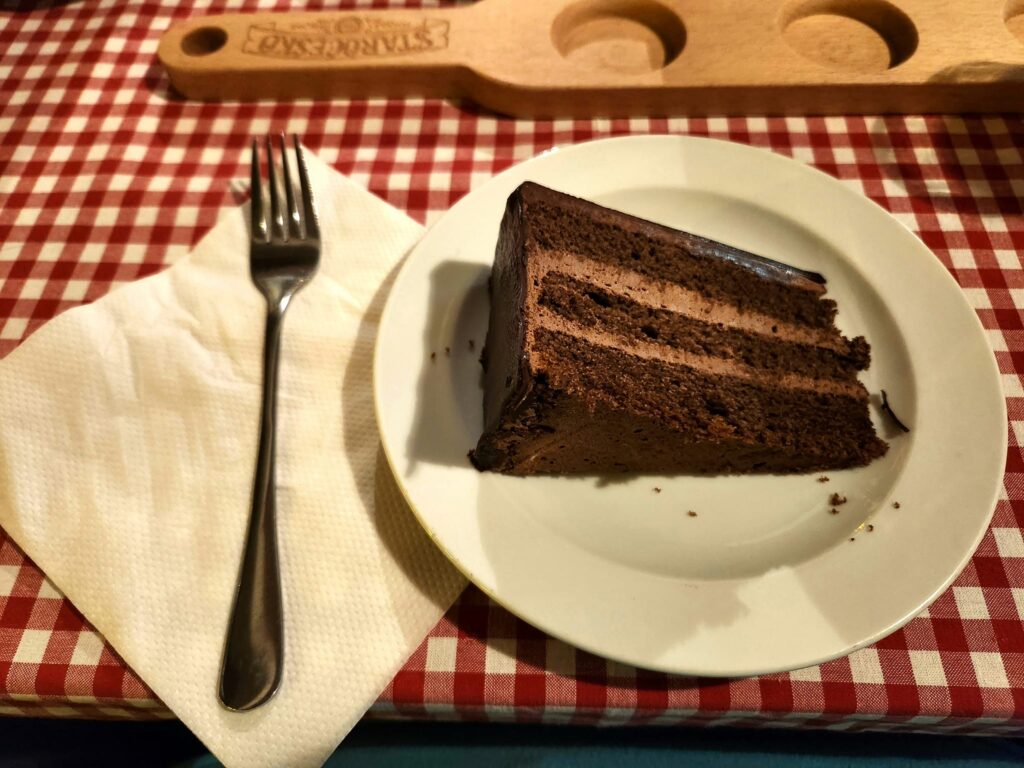
They even sent us home with 5th Element craft beer, which sadly I had to drink before it would have ever had the chance to make it back home to Florida. Nearly all the beers I tried were exceptional, and I say this as someone who prefers spirits over beer and wine. I asked how come these craft beers haven’t made it into U.S. stores like Total Wine, especially in areas like Chicago with large Croatian communities. I was told, in essence, that the cost was too high to overcome that initial hurdle of getting these smaller products into stores, and I would learn that many Croatian brands and products suffer from the same problems. While some Croatian wines and beers are sold in the United States, typically by a third-party distributor, it is a lot harder to find Croatian wines than it is to, say, find Italian wines. It’s a situation I hope improves, because Croatian beers and wines are delicious and everyone should be able to try them for themselves even if they don’t get to visit the country.
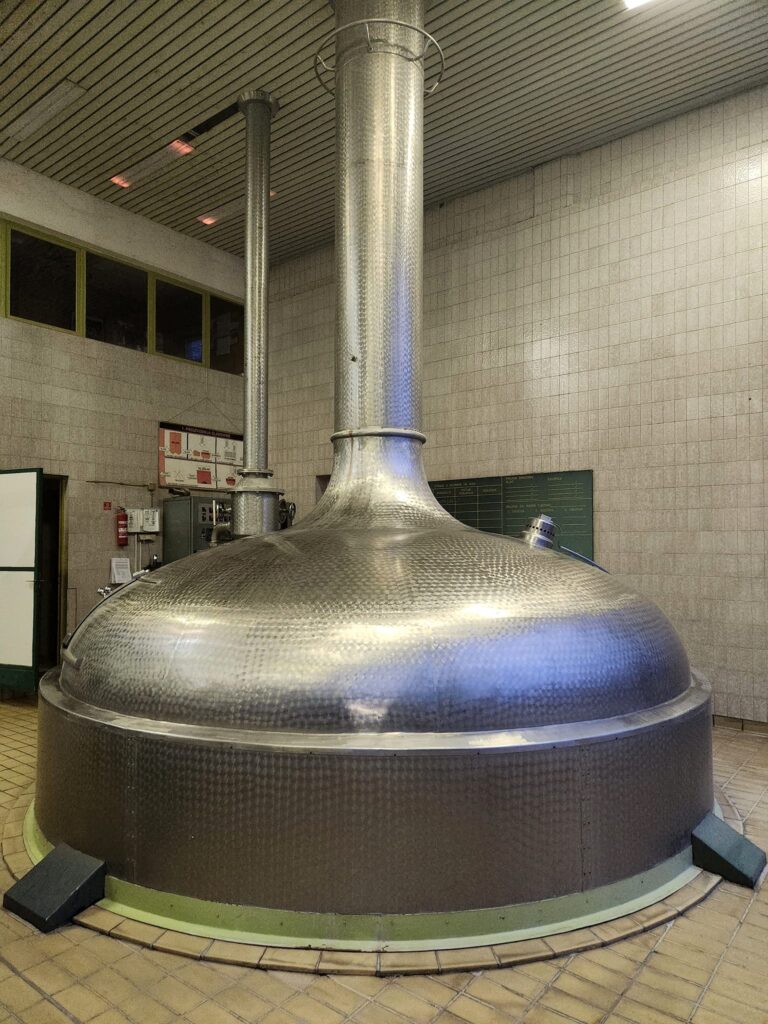
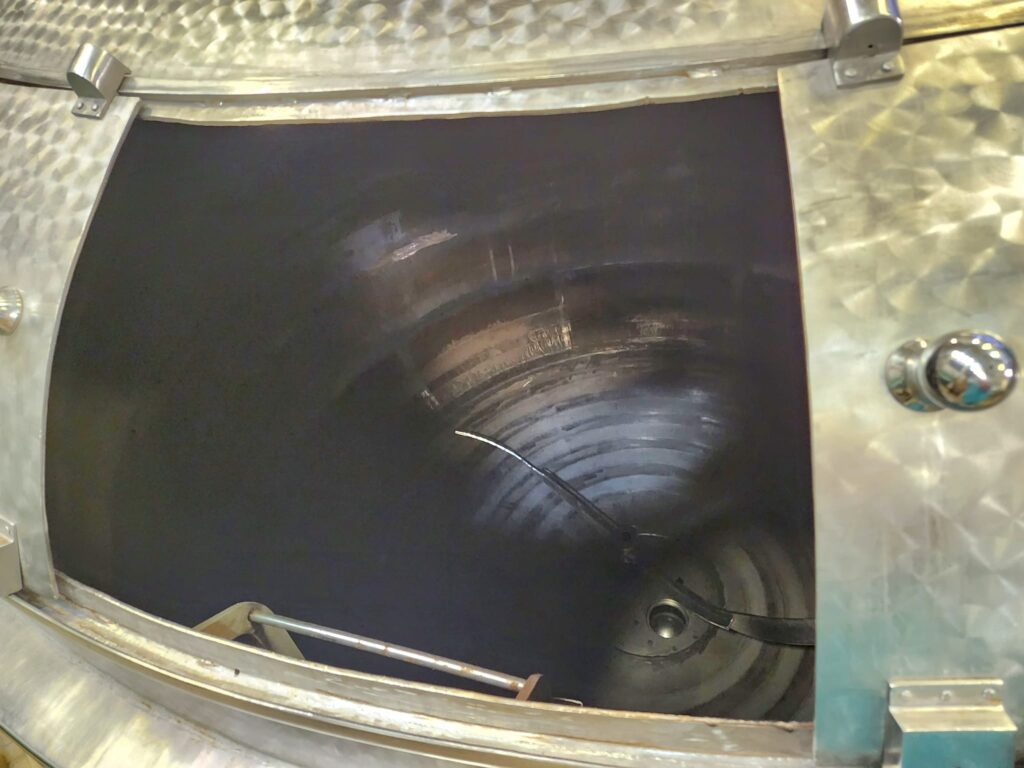
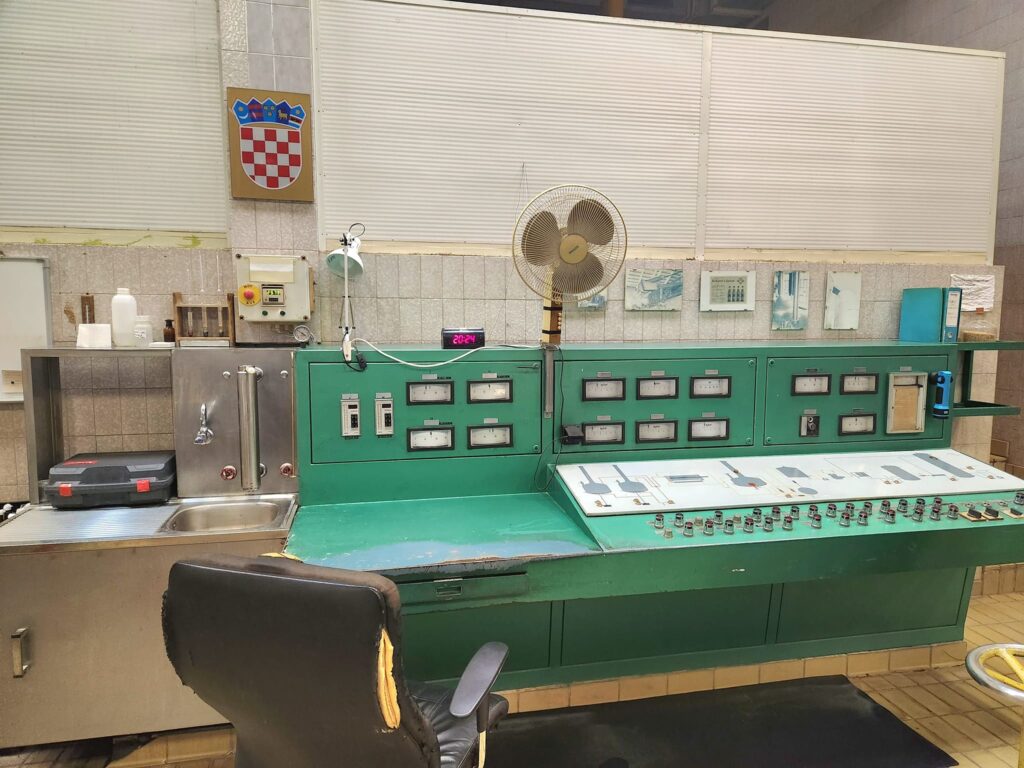
The next morning, we woke up and enjoyed a delicious breakfast offering at the nearby Restoran Terasa. We would enjoy some more wonderful dishes cooked by the staff there later on in the day, but we started off with a tour of Daruvarske Toplice, situated inside the lush, inviting greenery of Julius’ Park (Park Julijev in Croatian).
(If you haven’t gathered by context at this point, “Toplice” is the Croatian word for “thermal baths”, and if you see “Toplice” in a Croatian town name, it will denote that it is or was known for thermal springs, much like “Terme” denotes such towns in Italy, and “Bad” does the same in Germany, Austria, Switzerland, and other German-speaking nations.)
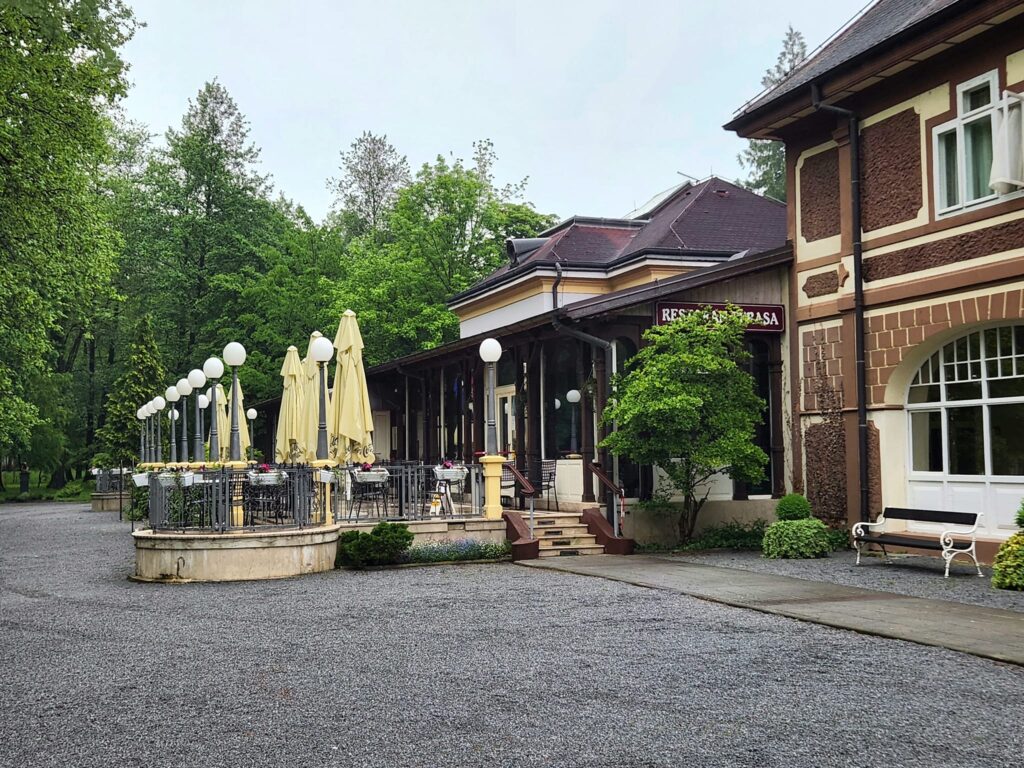
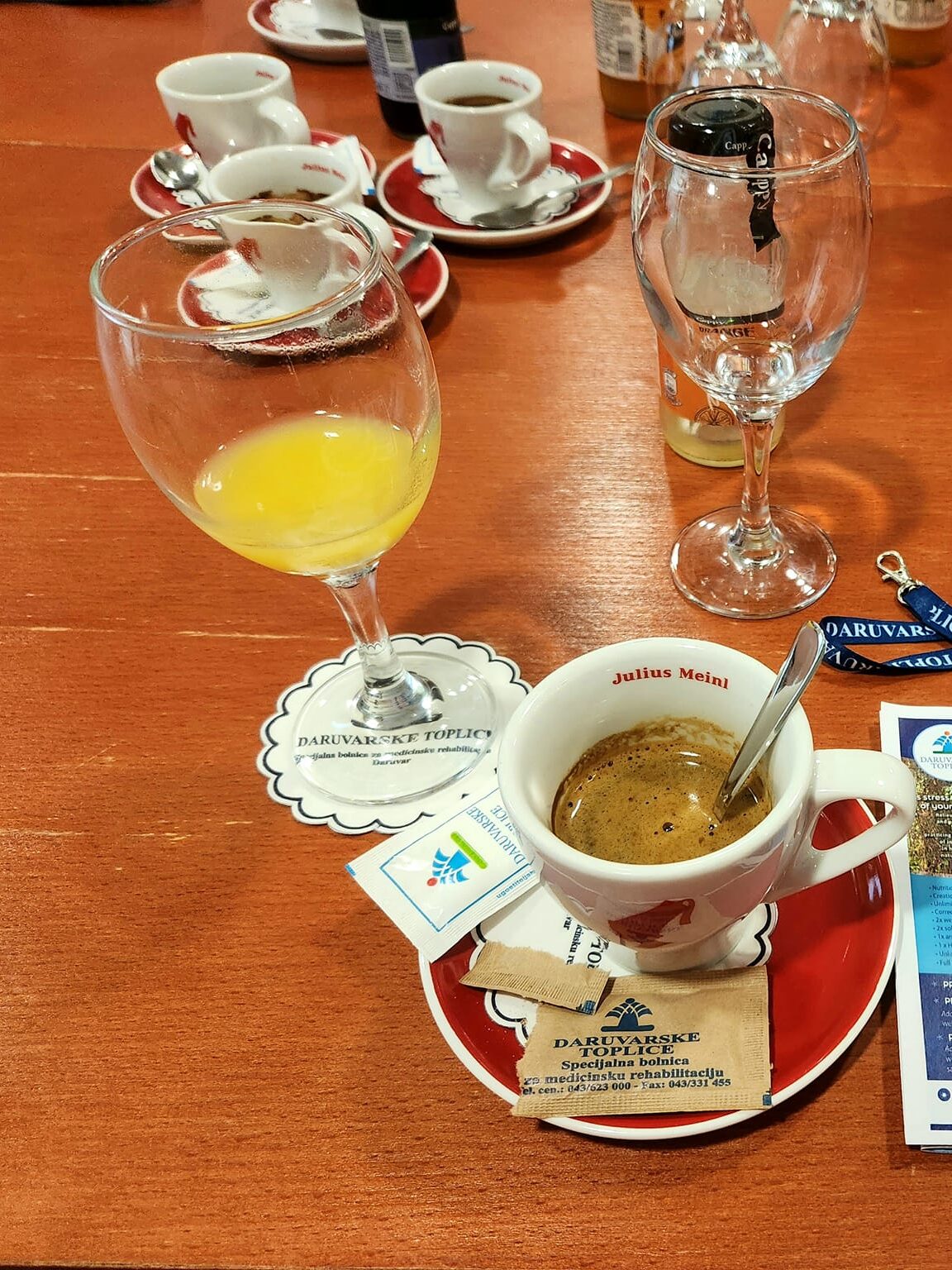
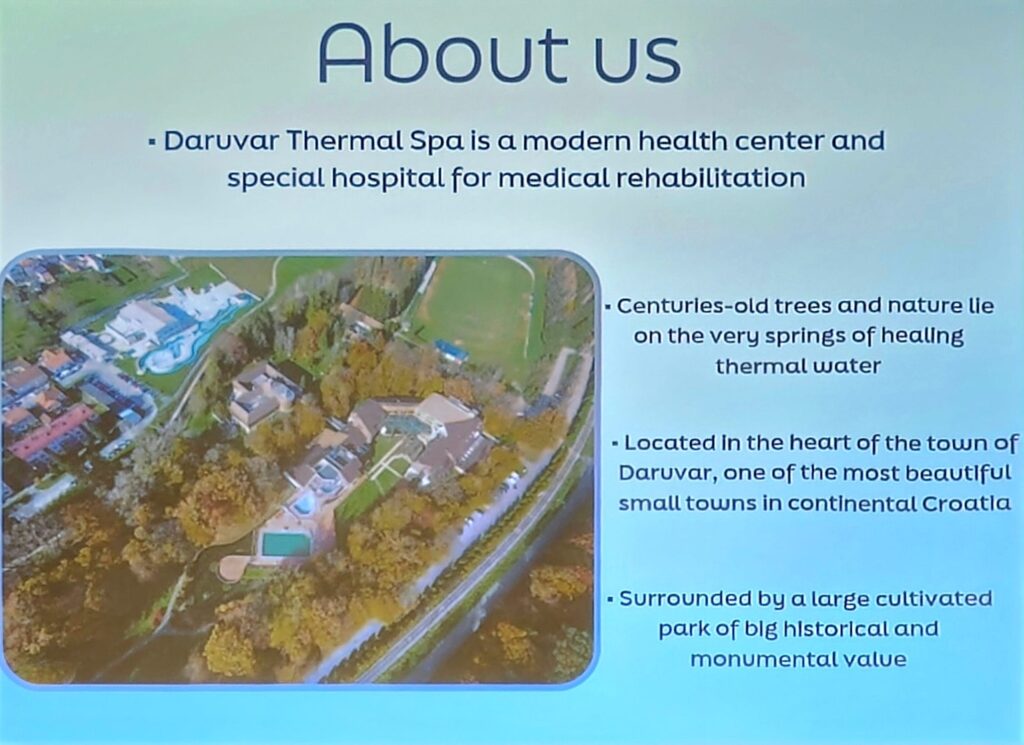
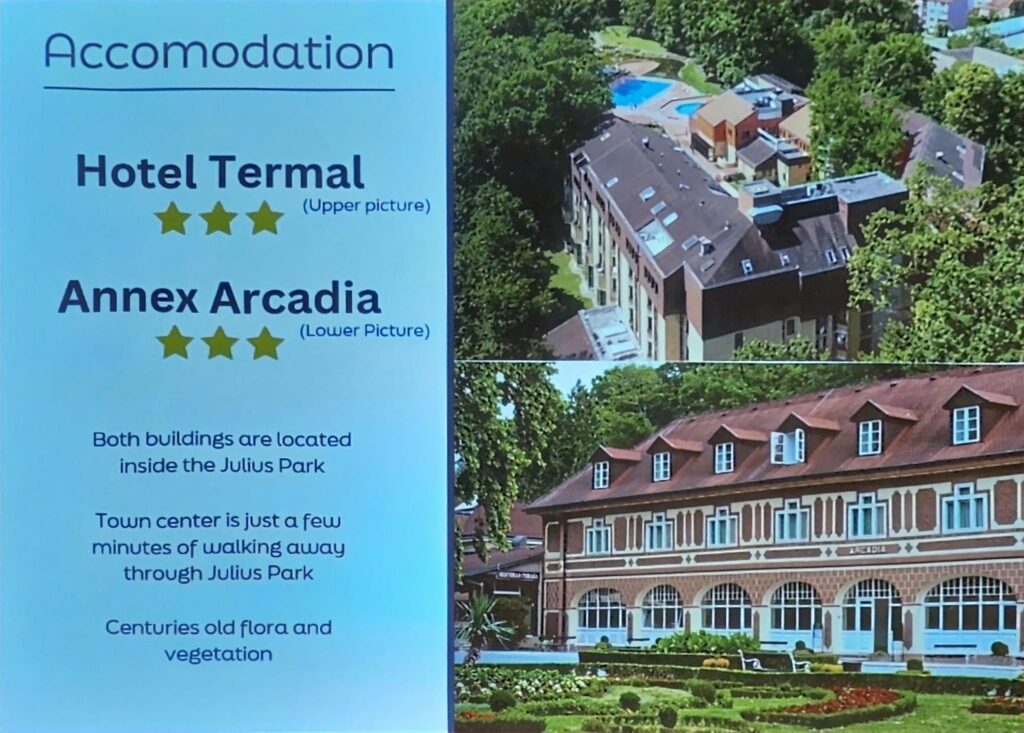
We were warmly welcomed by the spa’s sales manager, Melita Bartoš, and she gave us a short presentation on all of the offerings that their spa specializes in, including wellness packages for expectant and new mothers, and their popular “fango” mud treatments. “Fango”, we found, was particularly popular at various spas we visited throughout Croatia, but this was the first chance for us to get up-close and personal with the product itself, which felt smooth on the skin.
At Daruvarske Toplice, the fango mineral mud is a naturally occurring wonder, pooled around the thermal springs and celebrated for centuries for its healing properties. Assured by stringent EU health and safety standards, we found comfort in knowing that the benefits of the spa’s offerings were scientifically validated.
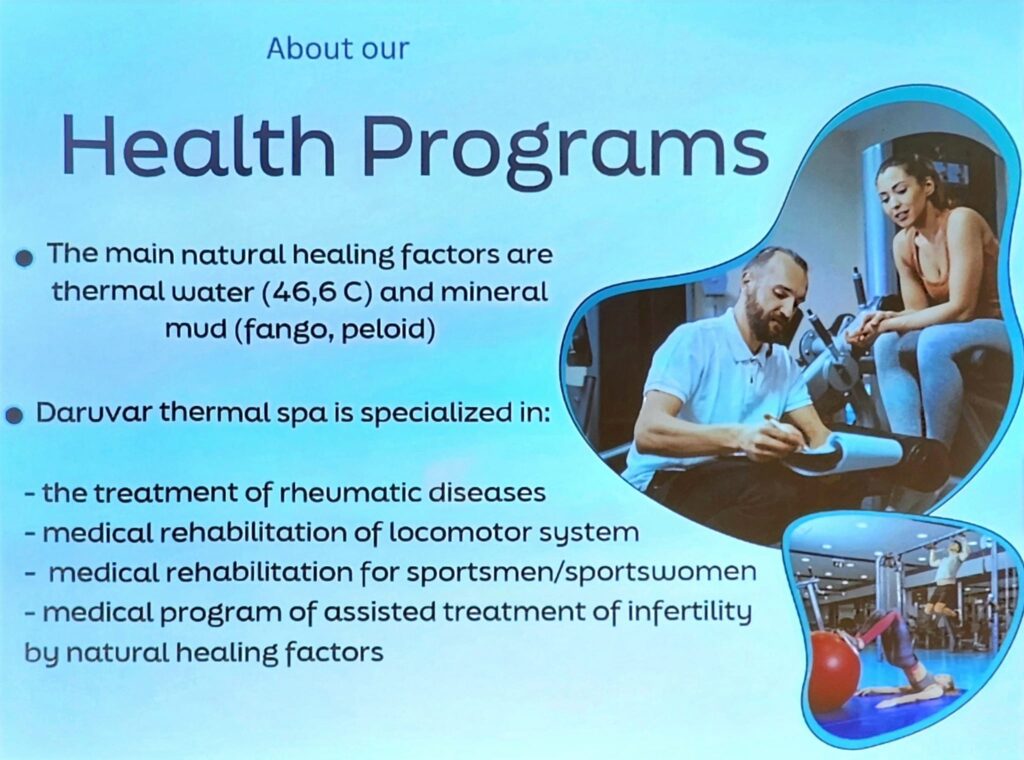
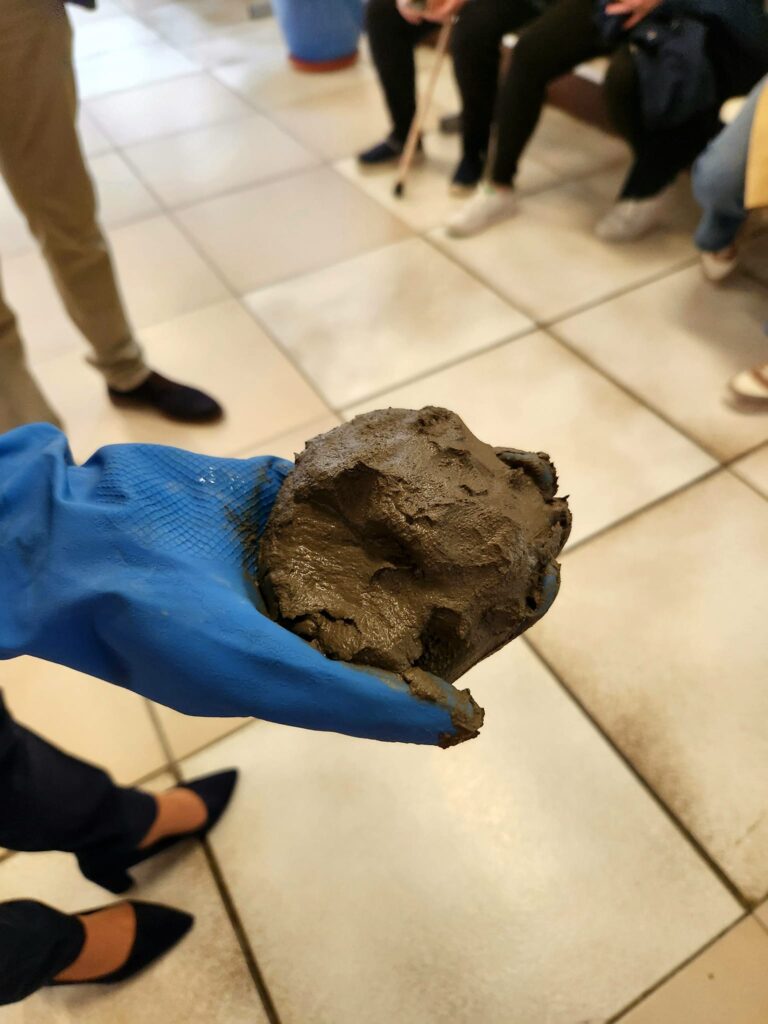
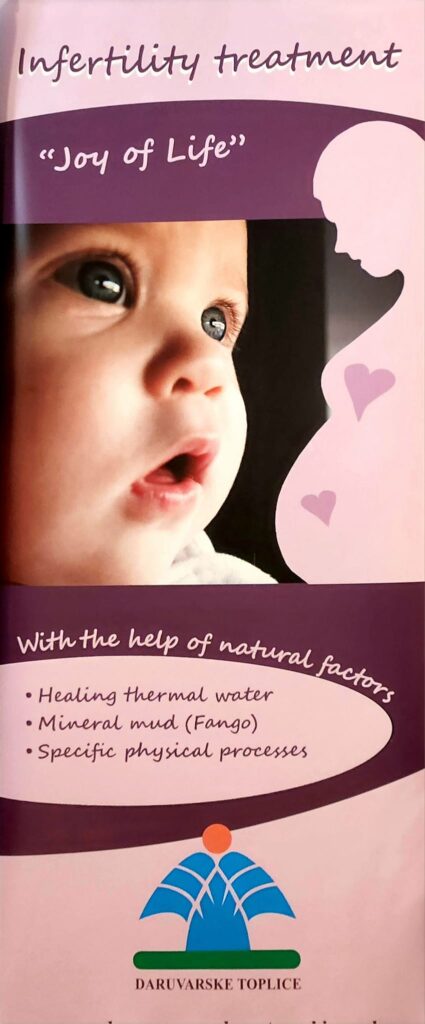
We bid Melita goodbye and walked through Julius’ Park to meet our tour guide, Vladimir Ivić, a geography teacher at the local high school who was very excited to tell us about the town’s history. Our first stop was also the last stop, as we viewed the structures that correspond to Ivan’s Spring and Antun’s Spring, the sources of thermal water that gave birth to the first thermal bath establishment in modern-day Croatia in the late 18th century. The springs offered pleasantly warm water (approximately 90 degrees Fahrenheit), which locals often collect in plastic bottles for home use, either for drinking or soaking. At the end we’d get a chance to have coffee or tea with water from Antun’s Spring, which was a unique experience.
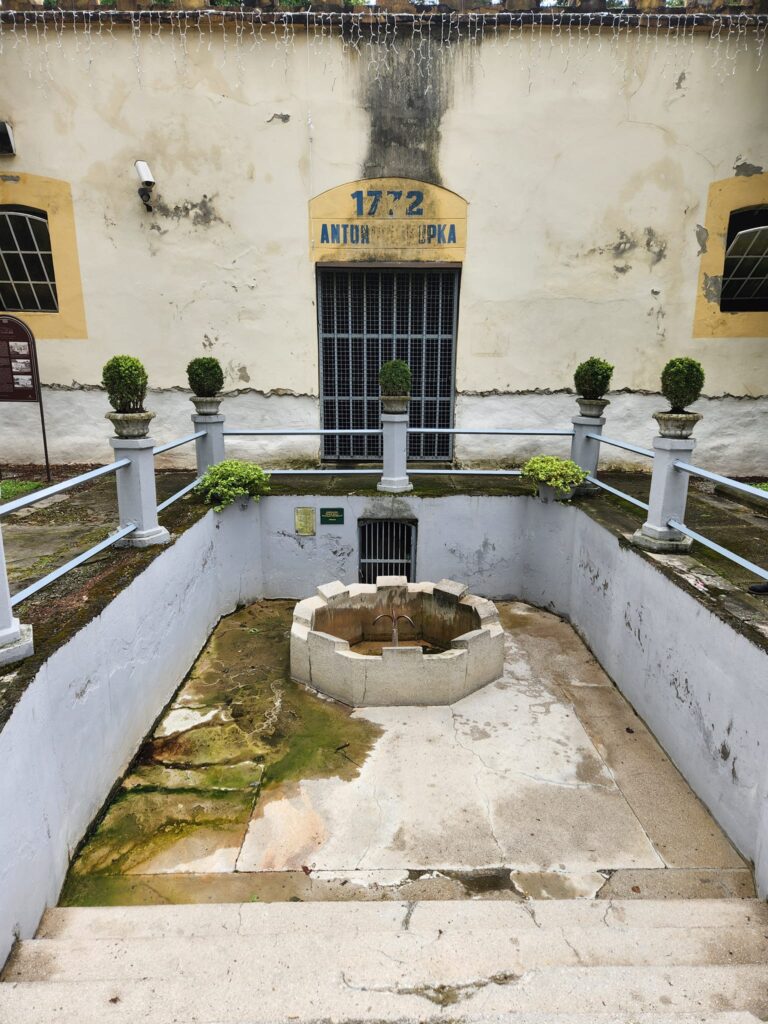
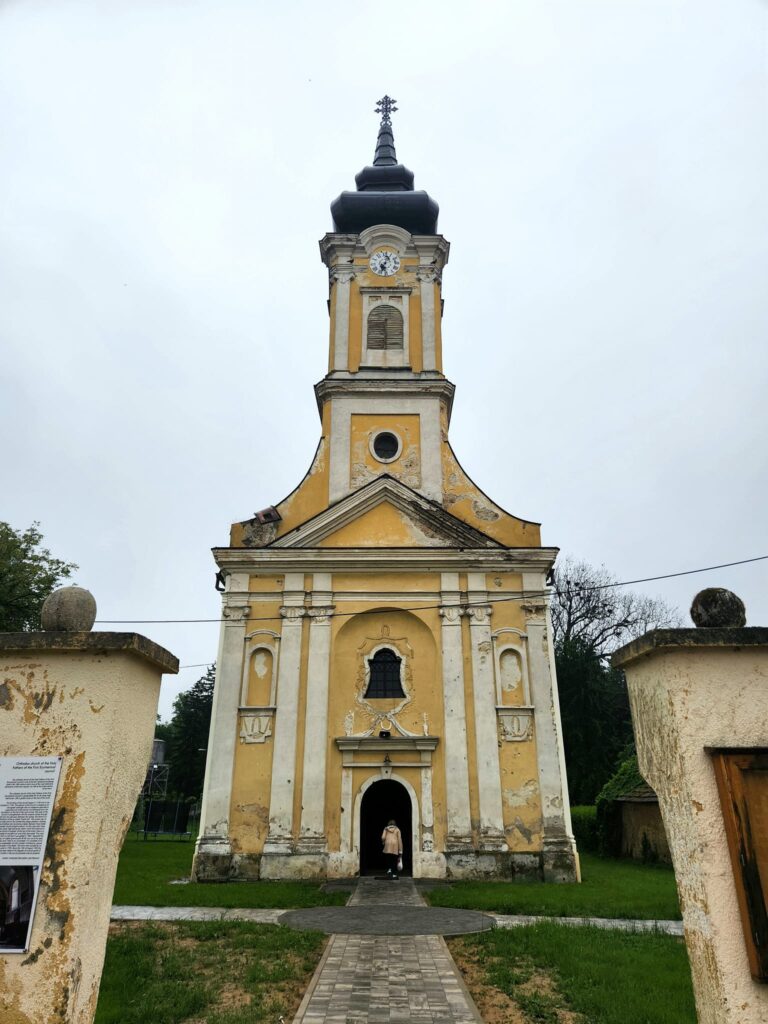
I skipped ahead a little bit, so let’s talk more about the sights we saw in Daruvar. Our journey through Daruvar’s past led us to the town’s Roman Catholic and Eastern Orthodox churches, where we delved into the historical East-West divide. (You might be able to see the bullet holes in the façade of the Church of the Holy Fathers of the First Ecumenical Council, an Eastern Orthodox church, another continuing reminder of the 1990s sectarian and ethnic strife that enveloped the former Yugoslavia.) The tour further introduced us to a Czech cultural center, a testament to the significant influence of the Czech minority in Daruvar.
We also scaled the steps to the majestic 18th-century Castle of Count Janković, a grand estate and multimedia visitor center. Within its grounds stood a ginkgo biloba tree, the oldest of its kind in Croatia, and a recent runner-up in the European Tree of the Year competition, a significant badge of honor for the local community. Just having the chance to be in the presence of this tree, knowing how important ginkgo biloba is to health and wellness, was a unique experience that I didn’t know I needed to happen to me, but I’m glad it did.
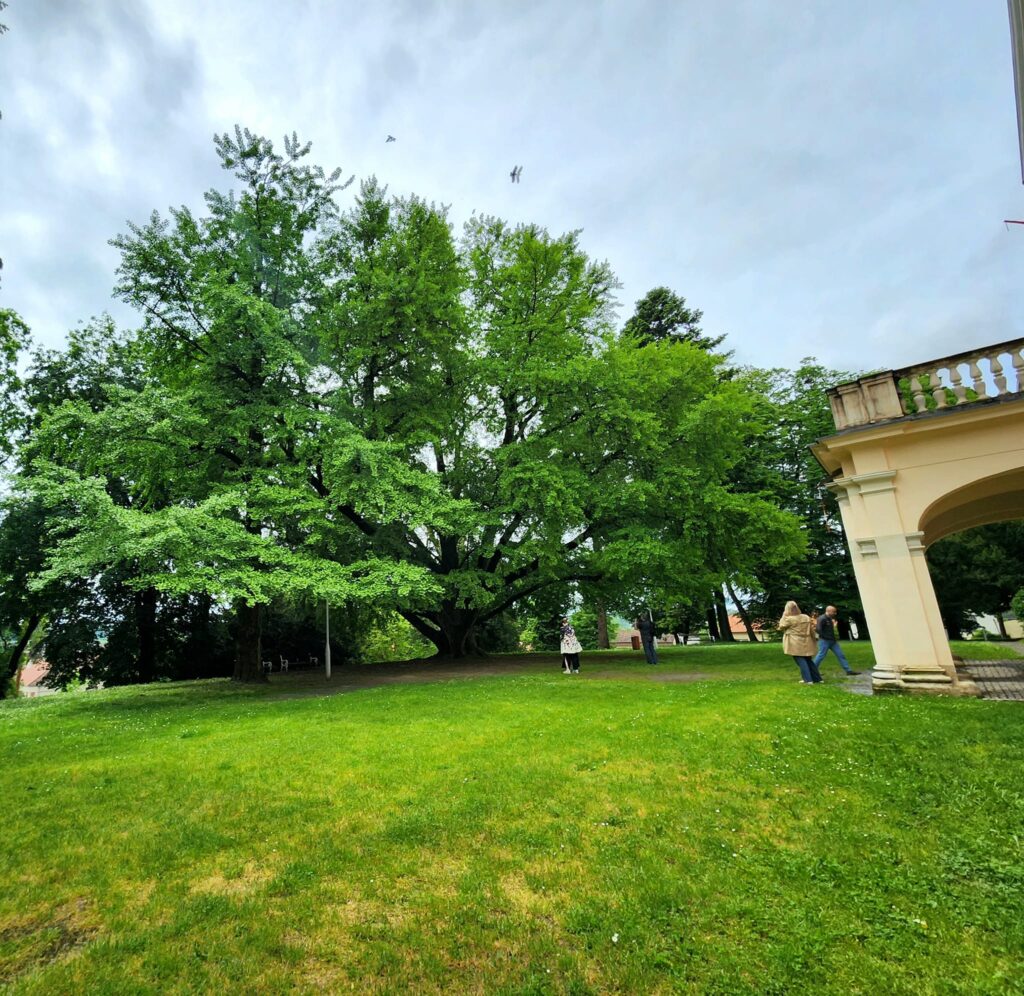
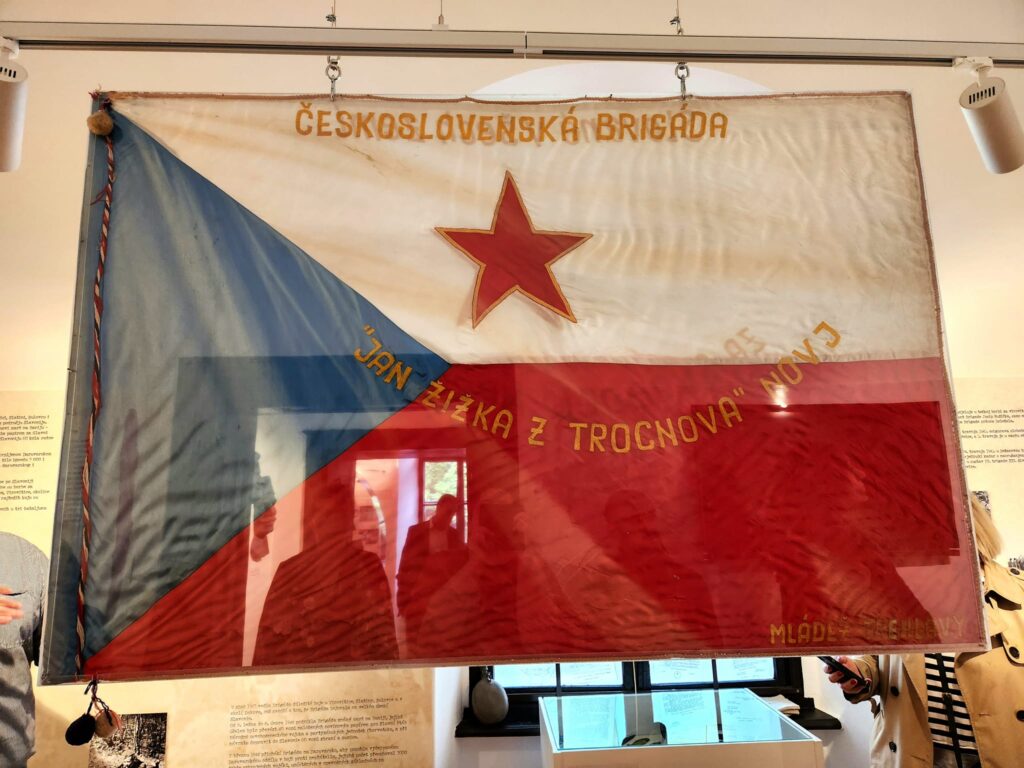
In the castle, which also serves as the town’s museum, we observed exhibits relating to the town’s history, such as its longstanding Jewish religious minority which once held services in the castle, the townspeople’s struggle against the Axis powers in World War II, and even the Czech minority’s involvement in the local effort toward the Croatian partisan revolt.
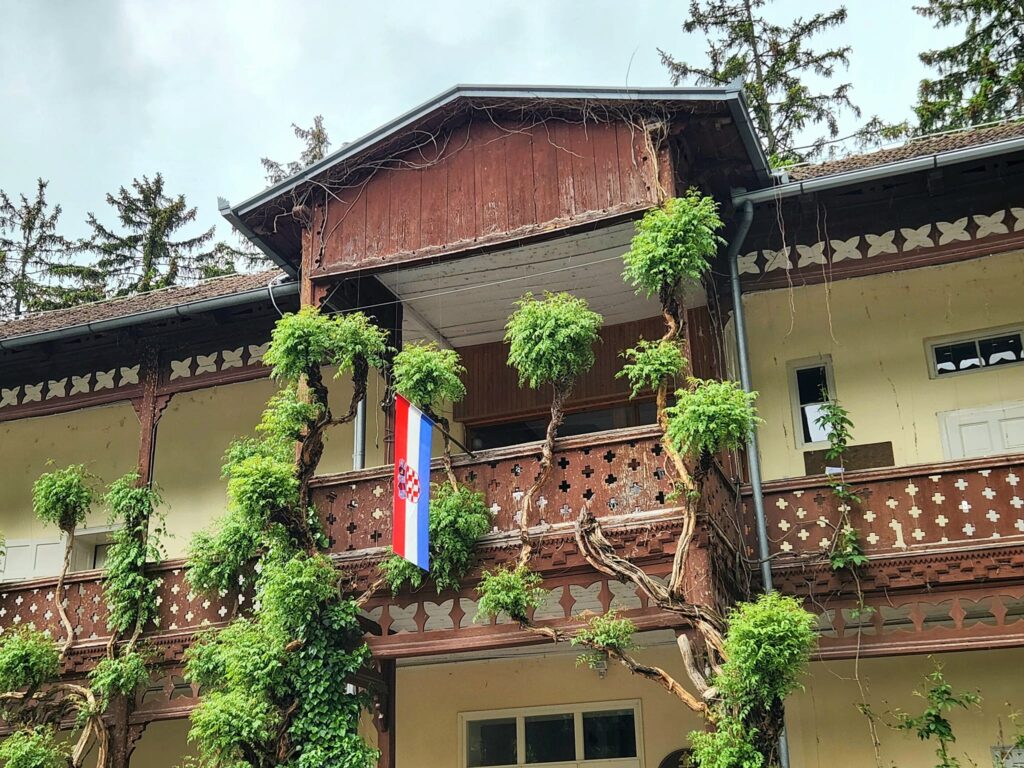
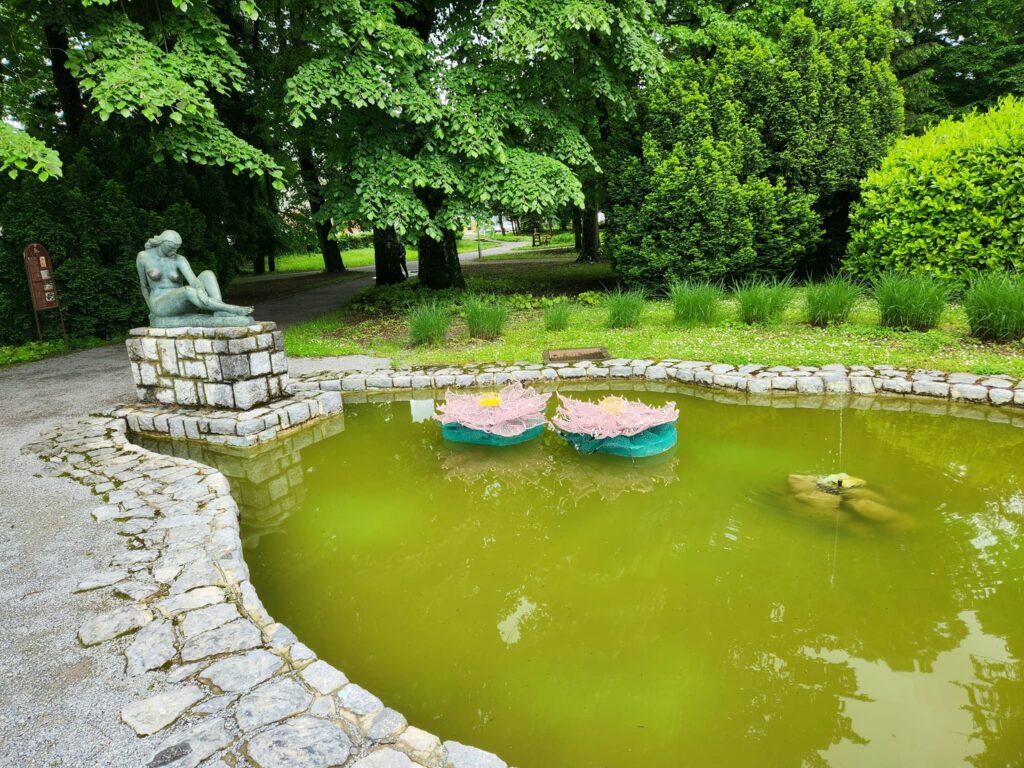
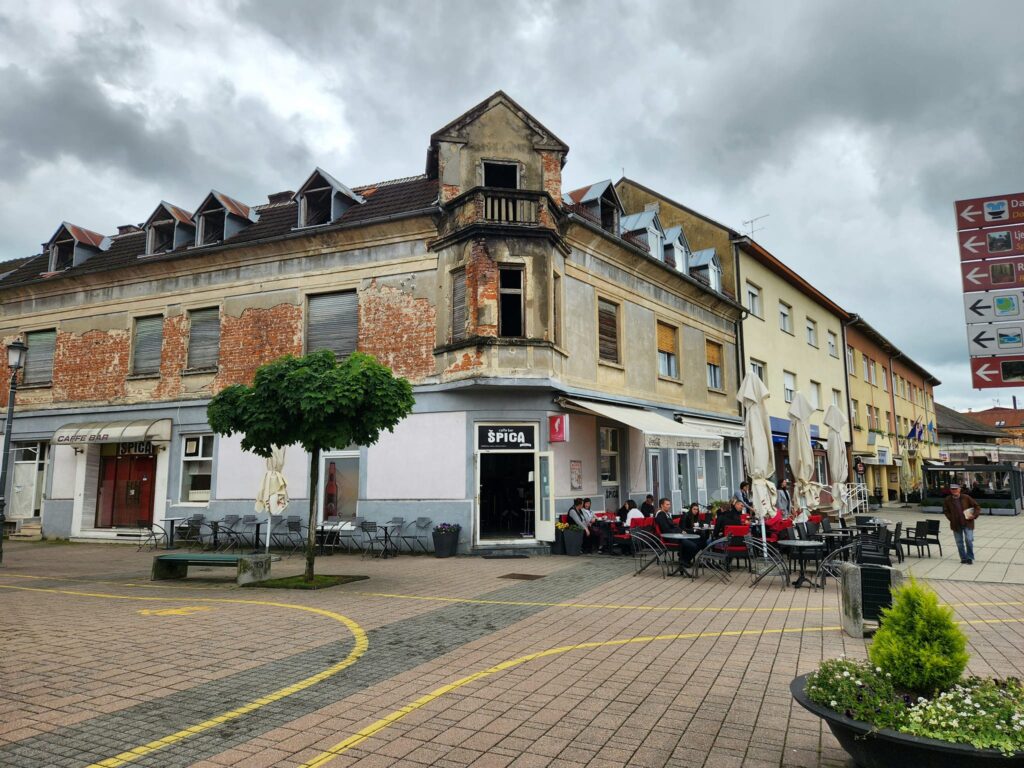
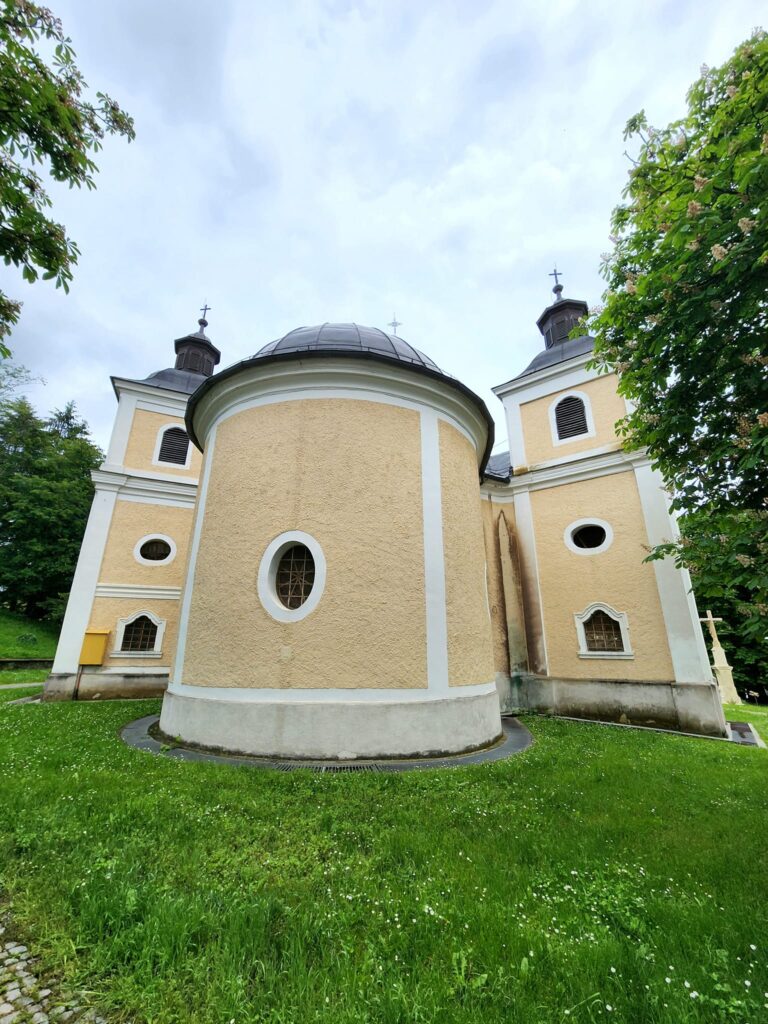
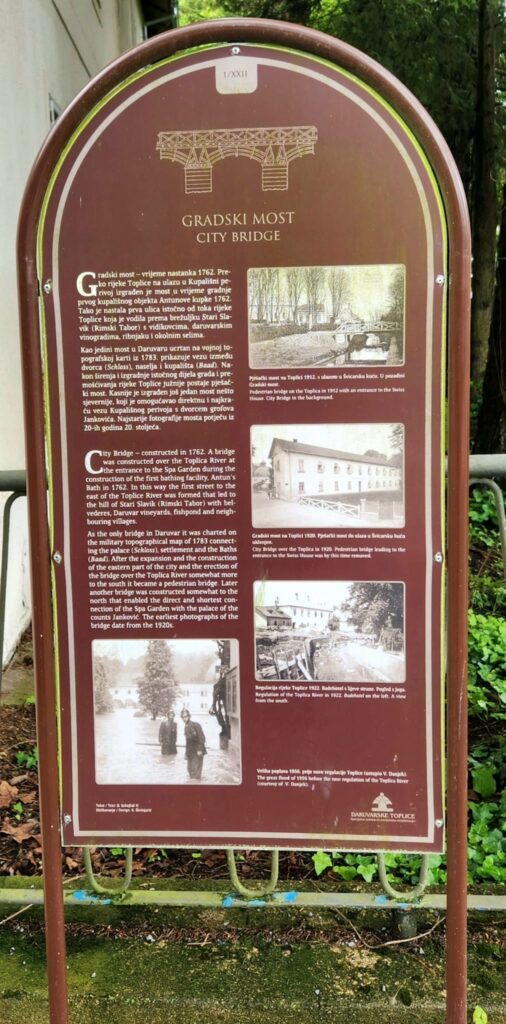
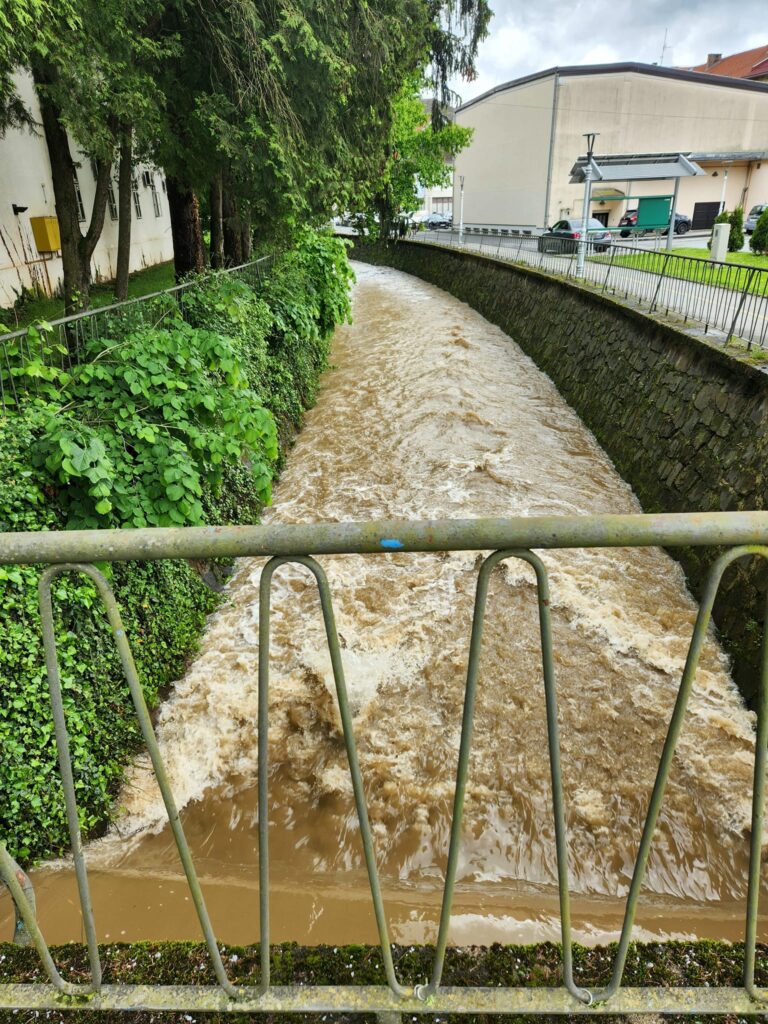
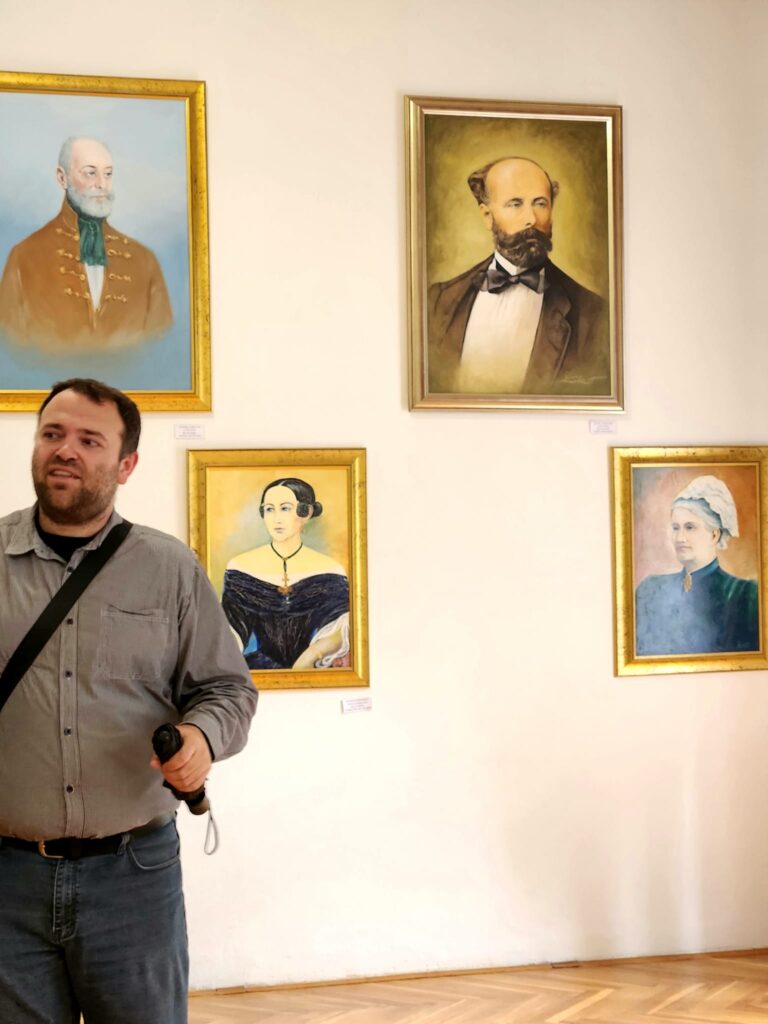
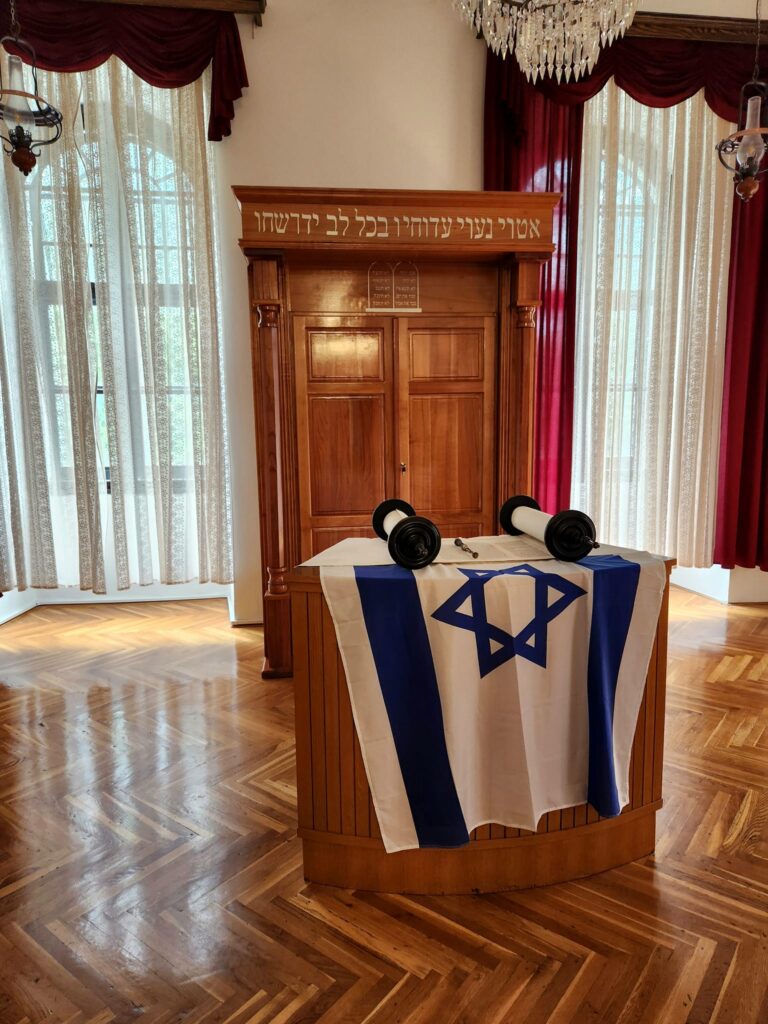
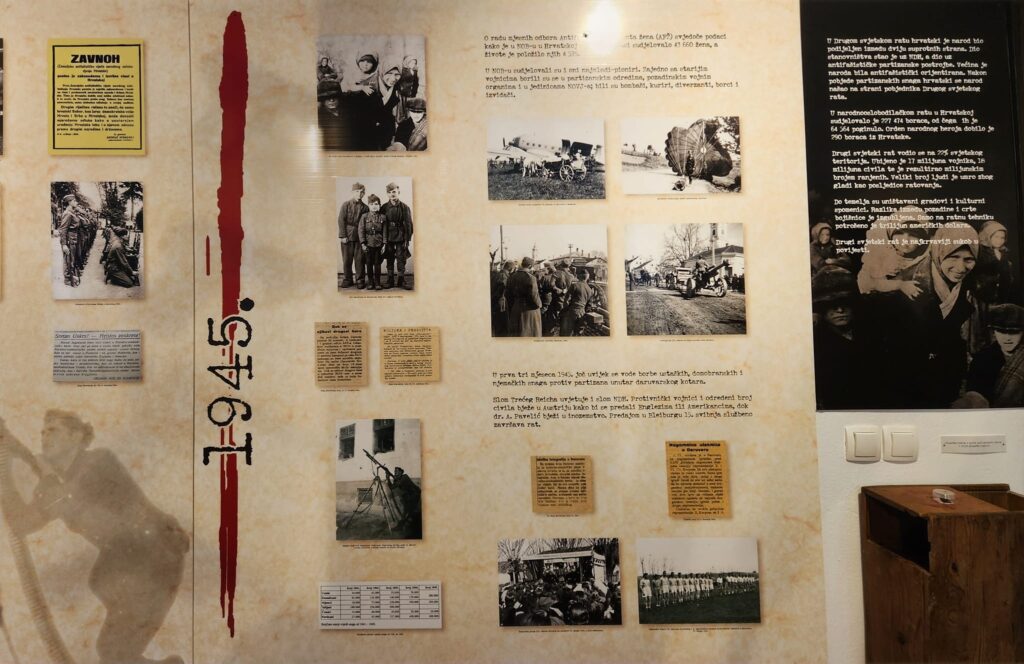
After experiencing the aforementioned refreshing afternoon drink with the thermal water, we headed back to Restoran Terasa where a buffet of Croatian and Czech dishes were waiting for us to sample and enjoy. The wild mushroom soup in particular I found to be delicious, and it served to highlight not only the culinary talents of the staff but also the local cuisine and farm-to-table philosophies.
We toasted to Daruvar and to Croatia (by that point we had gotten very proficient at saying “Cheers”, which in Croatian is “Živjeli”, pronounced like ZHI-vi-lee), and then we were wished safe voyages by Ivana and other Daruvar tourism representatives and we headed on the bus for a two-and-a-half hour journey to our next group of destinations, Varaždinske Toplice and the larger nearby city of Varaždin.
You can read more about my continuing journey here!
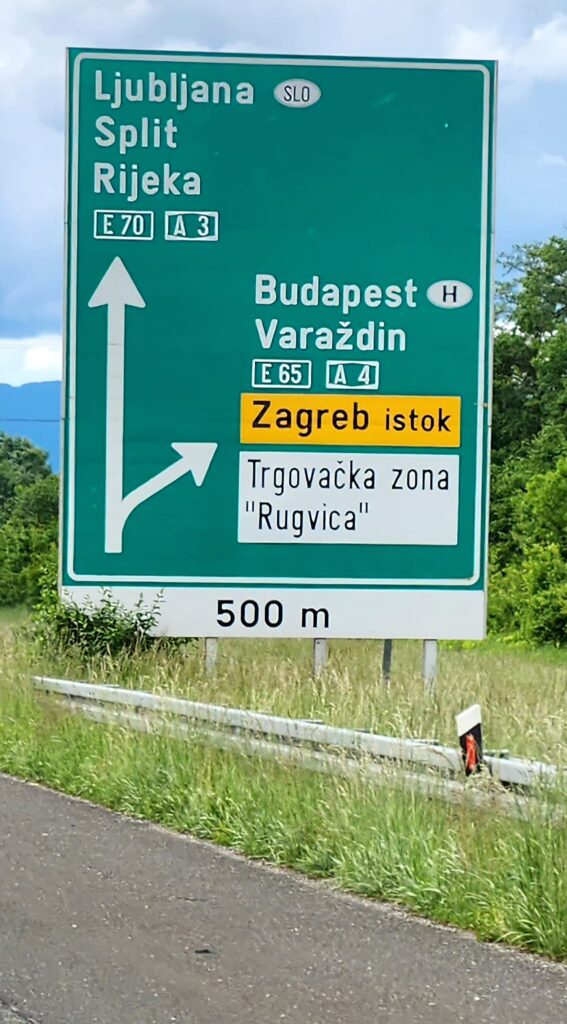
This is the second of six blog posts recounting the FAM trip on which I, as an envoy for Tripmasters, was an invited guest. The European Historic Thermal Towns Association (EHTTA) organized this trip for North American travel professionals in conjunction with the ETC, CNTB and ENIT, respectively the non-profit organization responsible for the promotion of Europe as a tourist destination and the two national tourism boards involved in the planning of the itinerary. For more information about these terrific organizations, visit www.historicthermaltowns.eu, www.visiteurope.com/en, www.croatia.hr/en-gb, and www.italia.it/en, respectively.
Tripmasters sells a variety of vacation packages from the affordable to the opulent in Croatia, Italy, and over 130 countries and territories worldwide. To learn more about how Tripmasters can revolutionize the way you vacation, check us out at www.tripmasters.com.
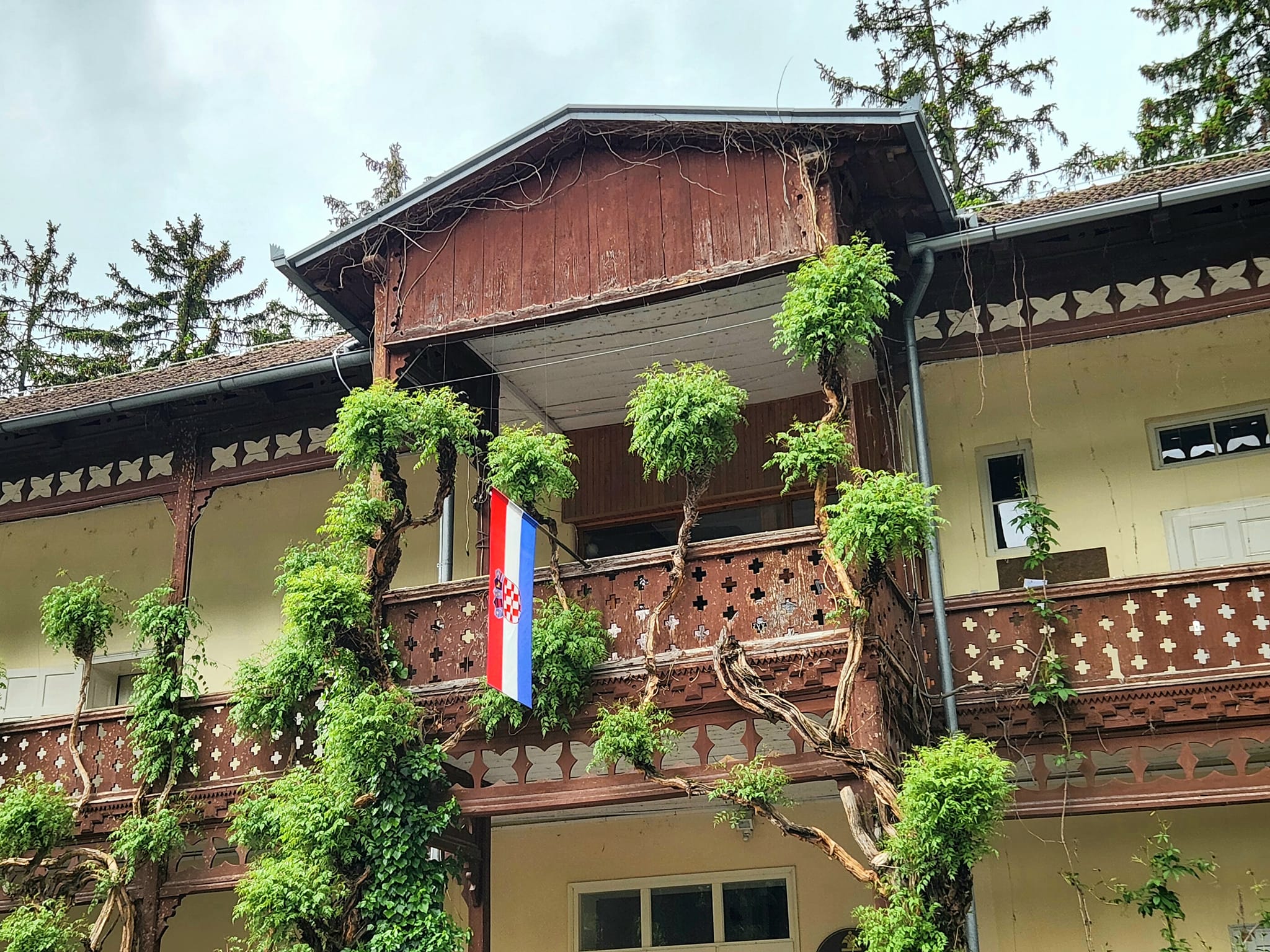
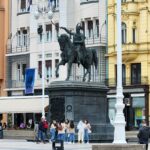
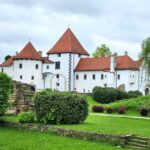
Pingback: Tripmasters and Other Travel Professionals Invited to Croatia and Italy (Part 1 of 5: Zagreb) - Tripmasters Travel
Pingback: Tripmasters and Other Travel Professionals Invited to Croatia and Italy (Part 3 of 5: Varaždinske Toplice and Varaždin) - Tripmasters Travel
Pingback: Tripmasters and Other Travel Professionals Invited to Croatia and Italy (Part 4 of 6: Opatija) - Tripmasters Travel
Pingback: Tripmasters and Other Travel Professionals Invited to Croatia and Italy (Part 5 of 6: Montegrotto Terme-Abano Terme) - Tripmasters Travel
Pingback: Tripmasters and Other Travel Professionals Invited to Croatia and Italy (Part 6 of 6: Salsomaggiore Terme) - Tripmasters Travel